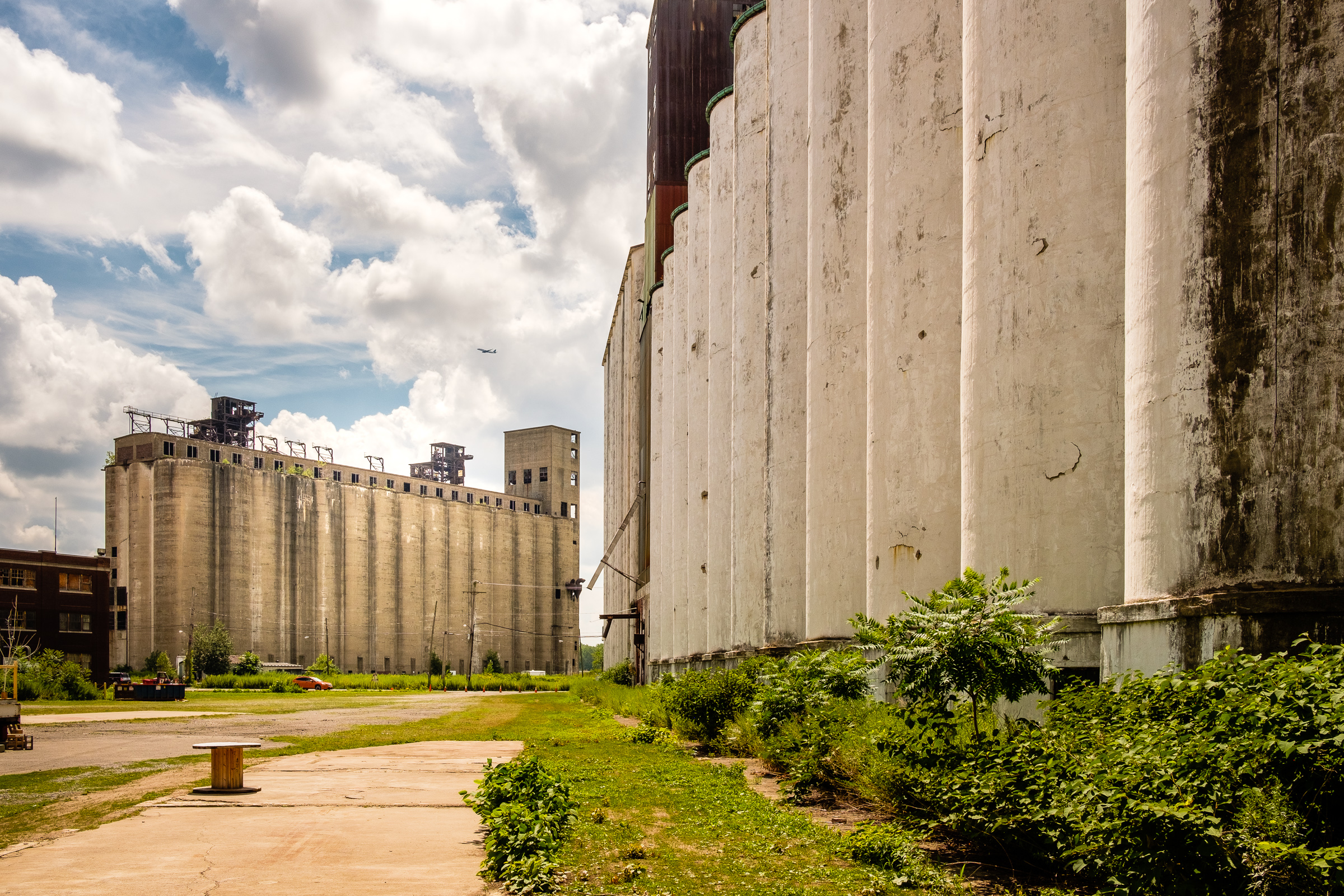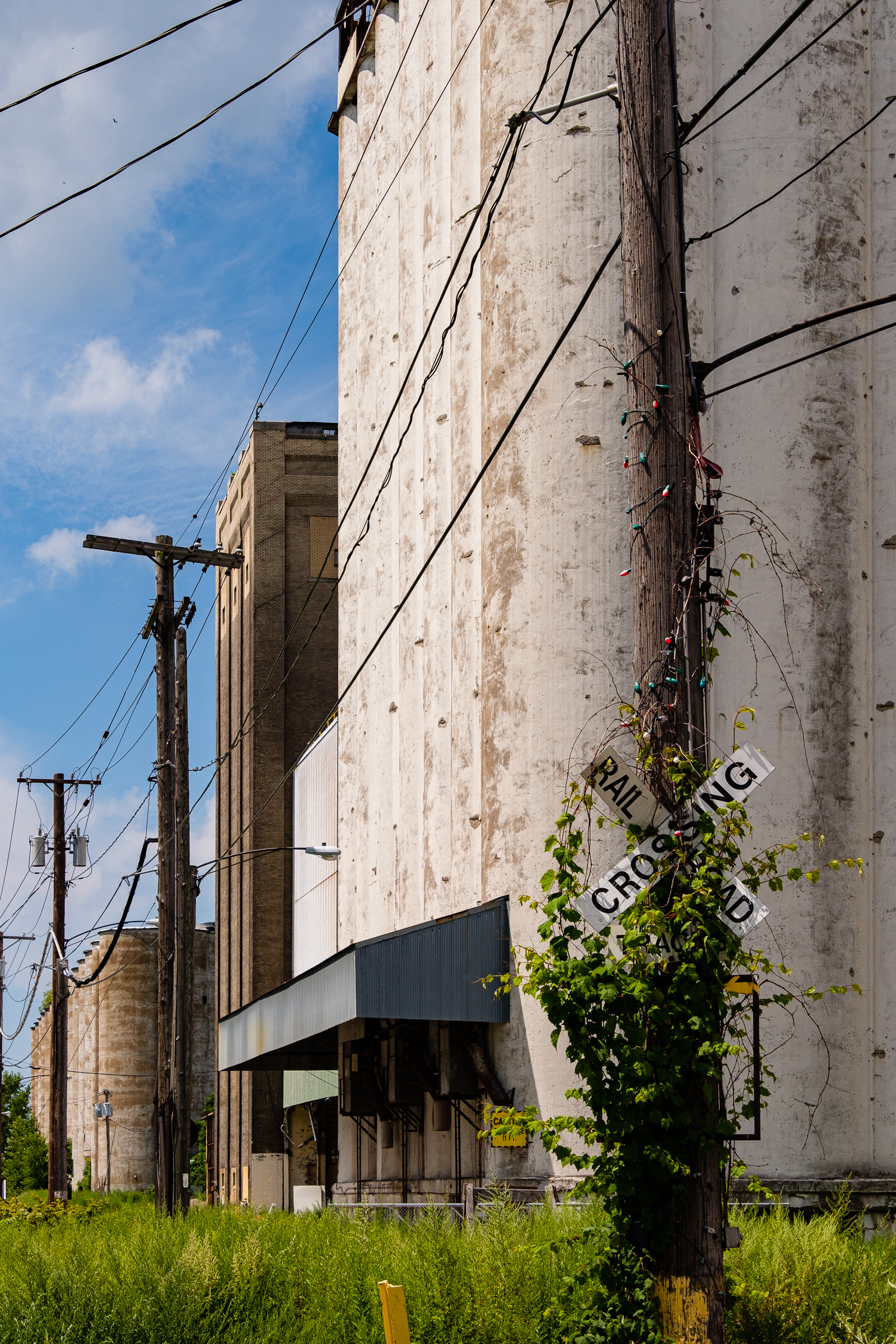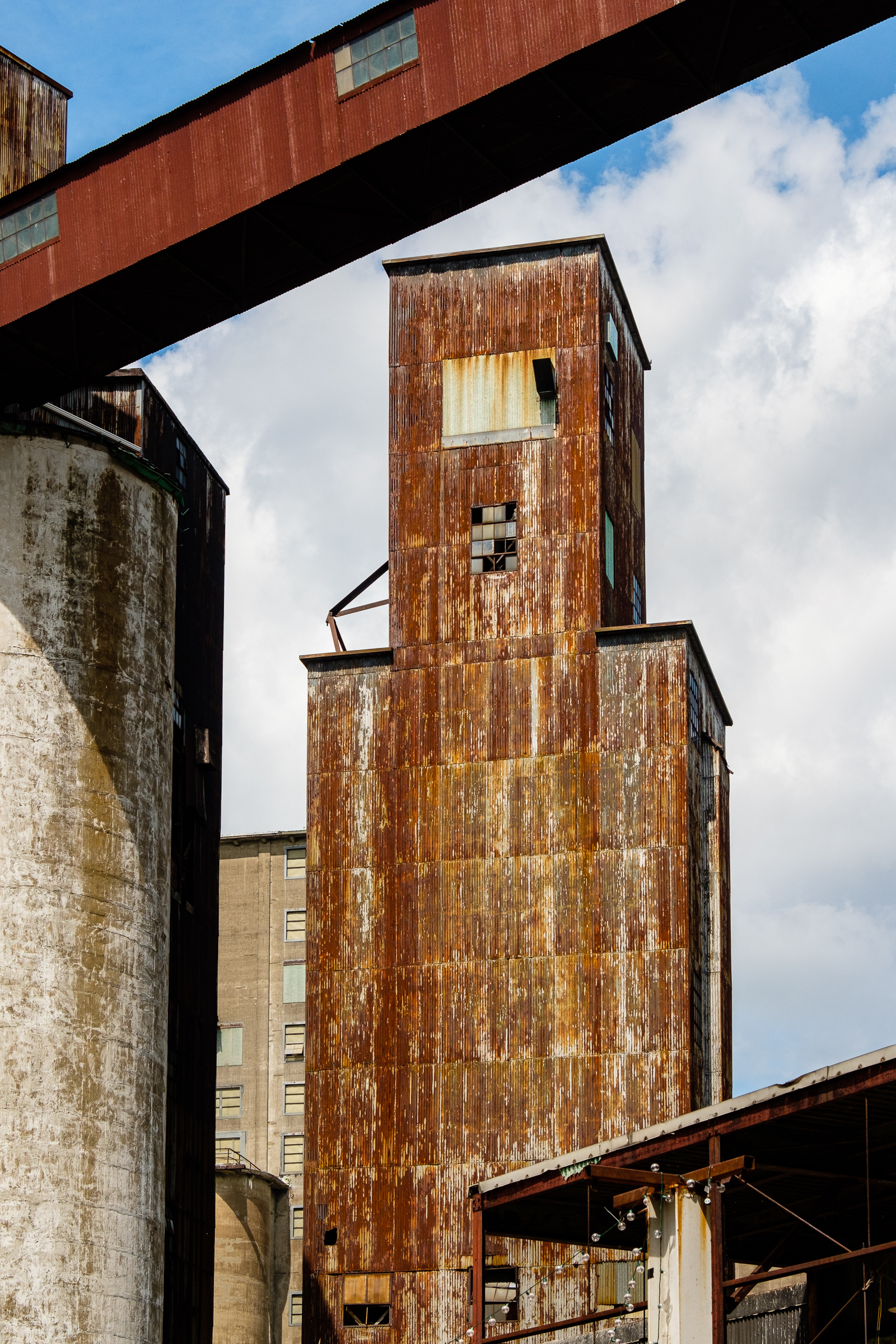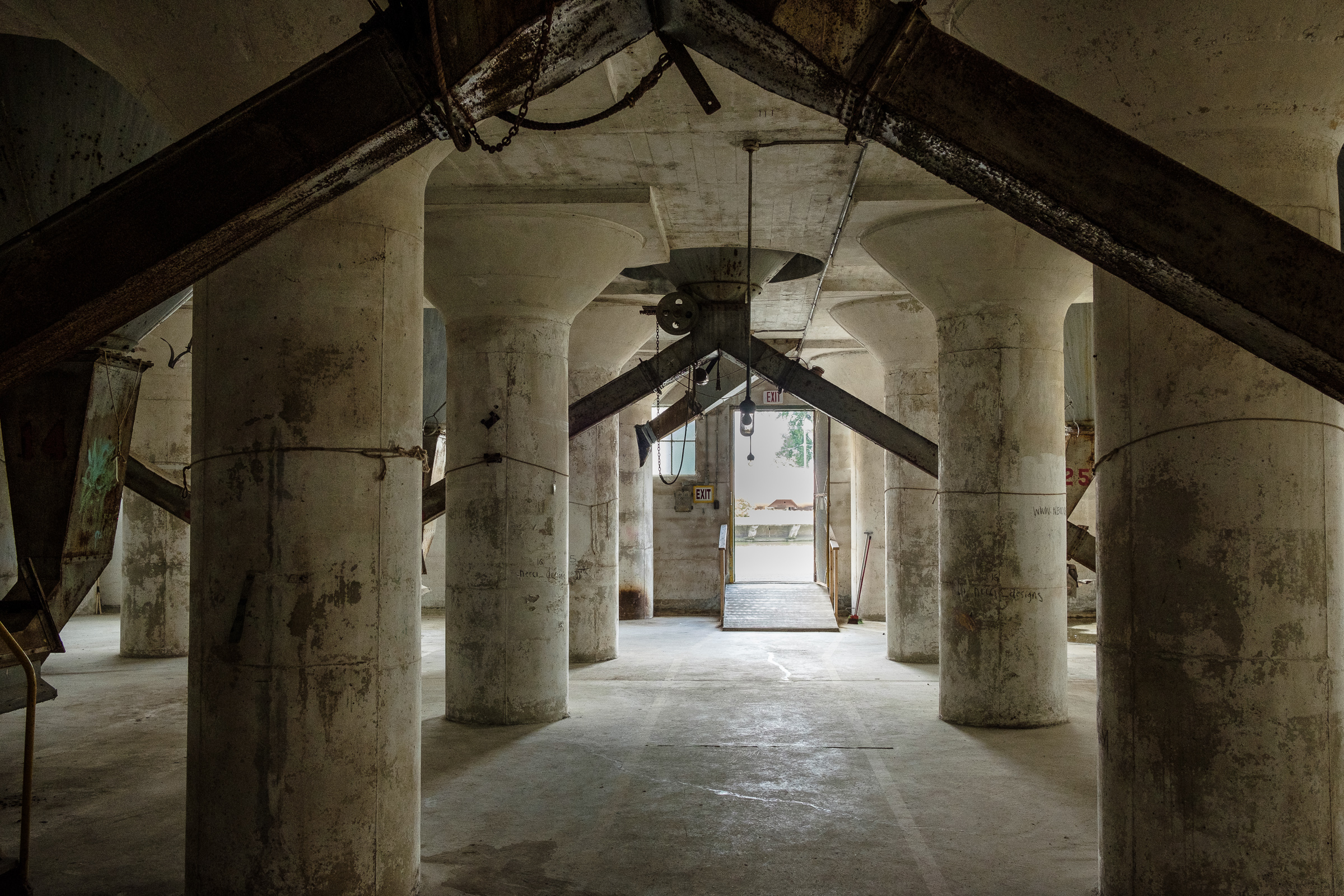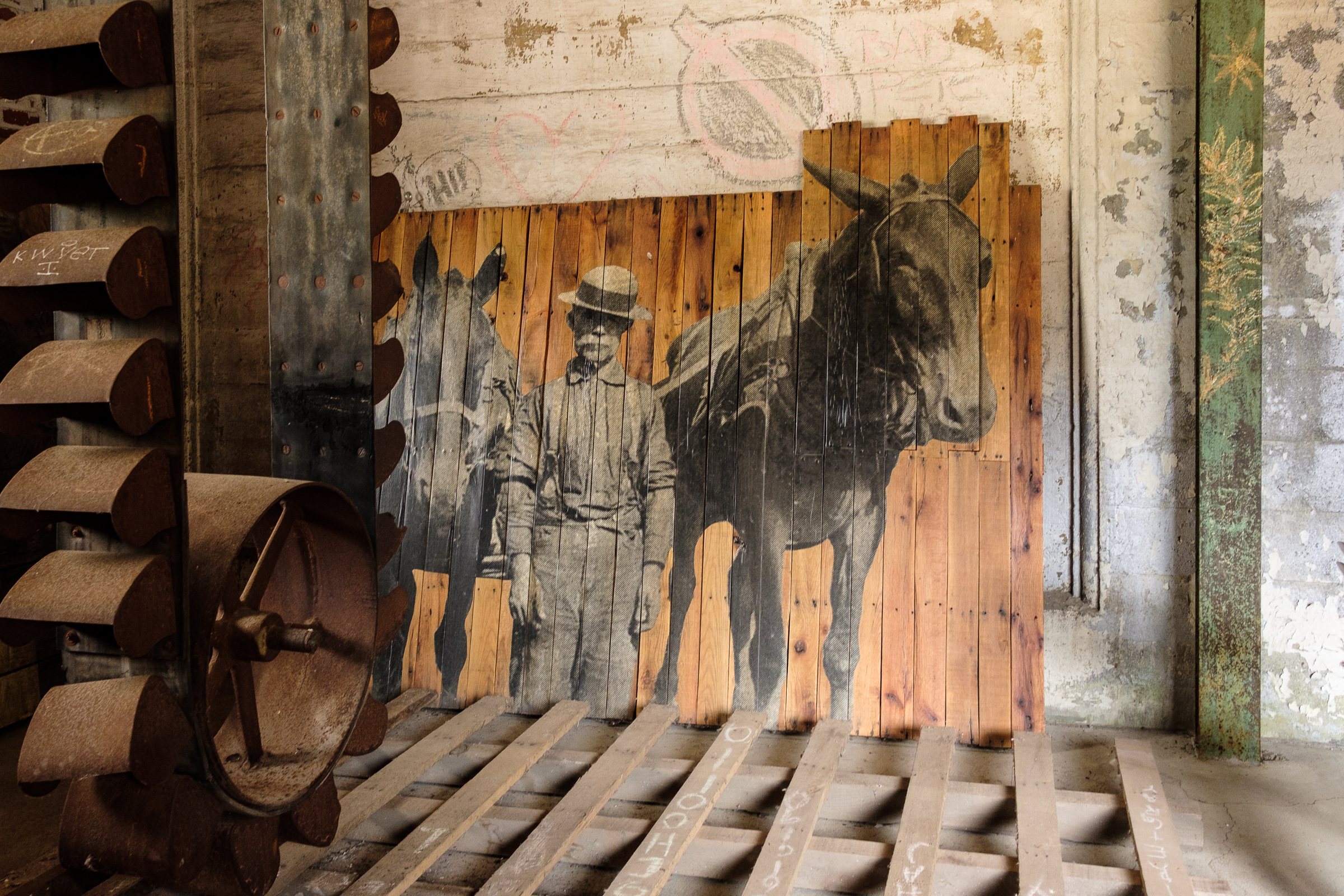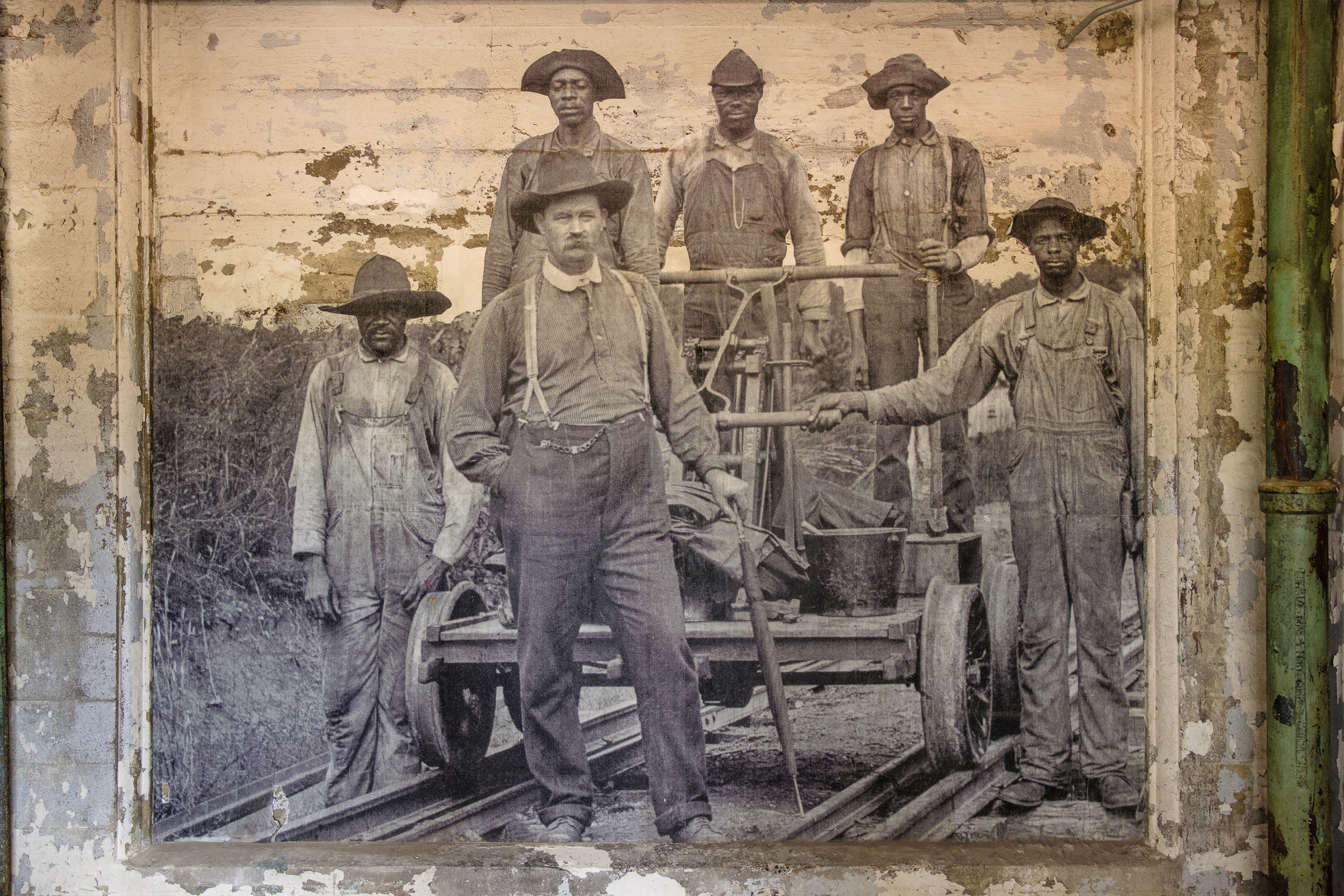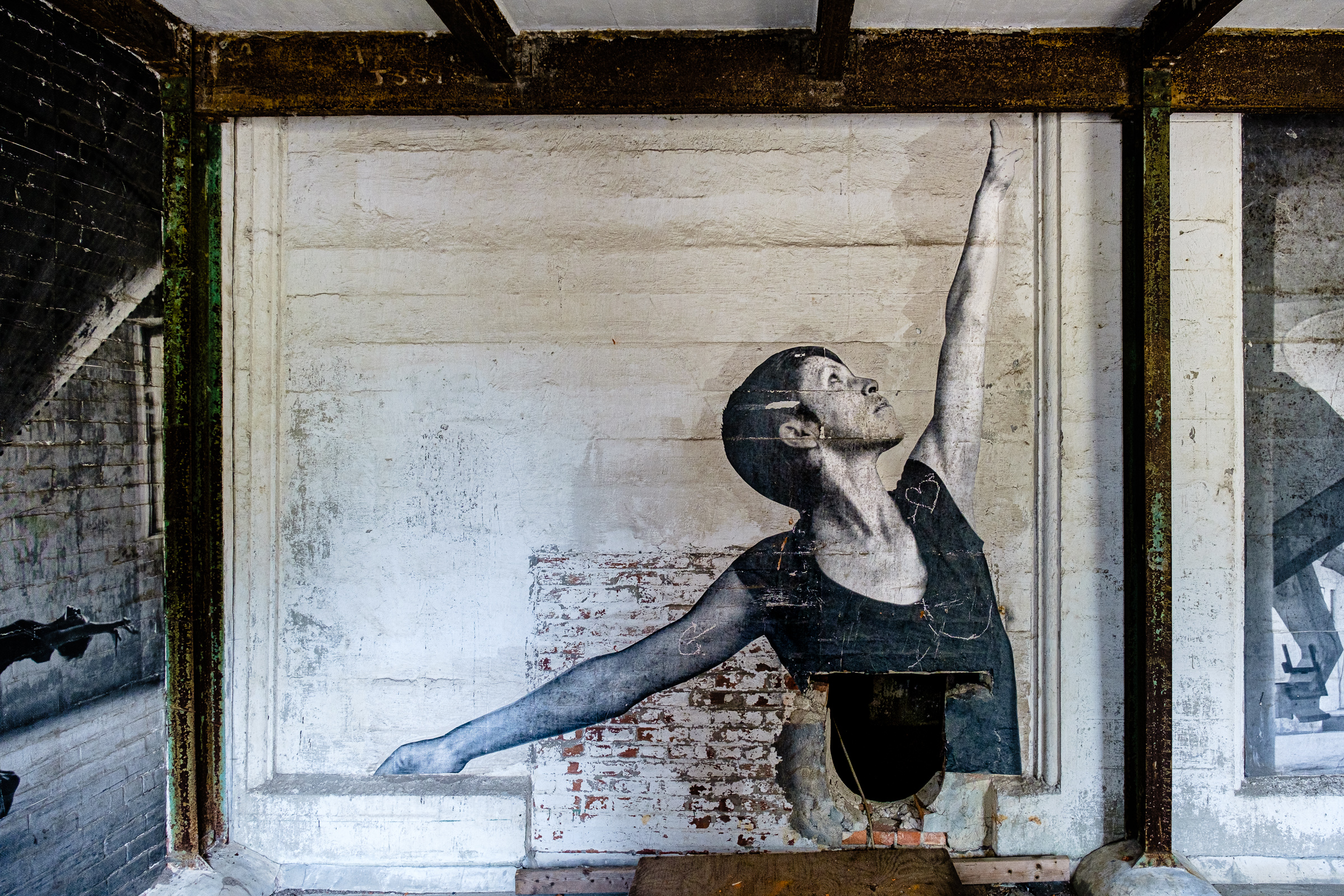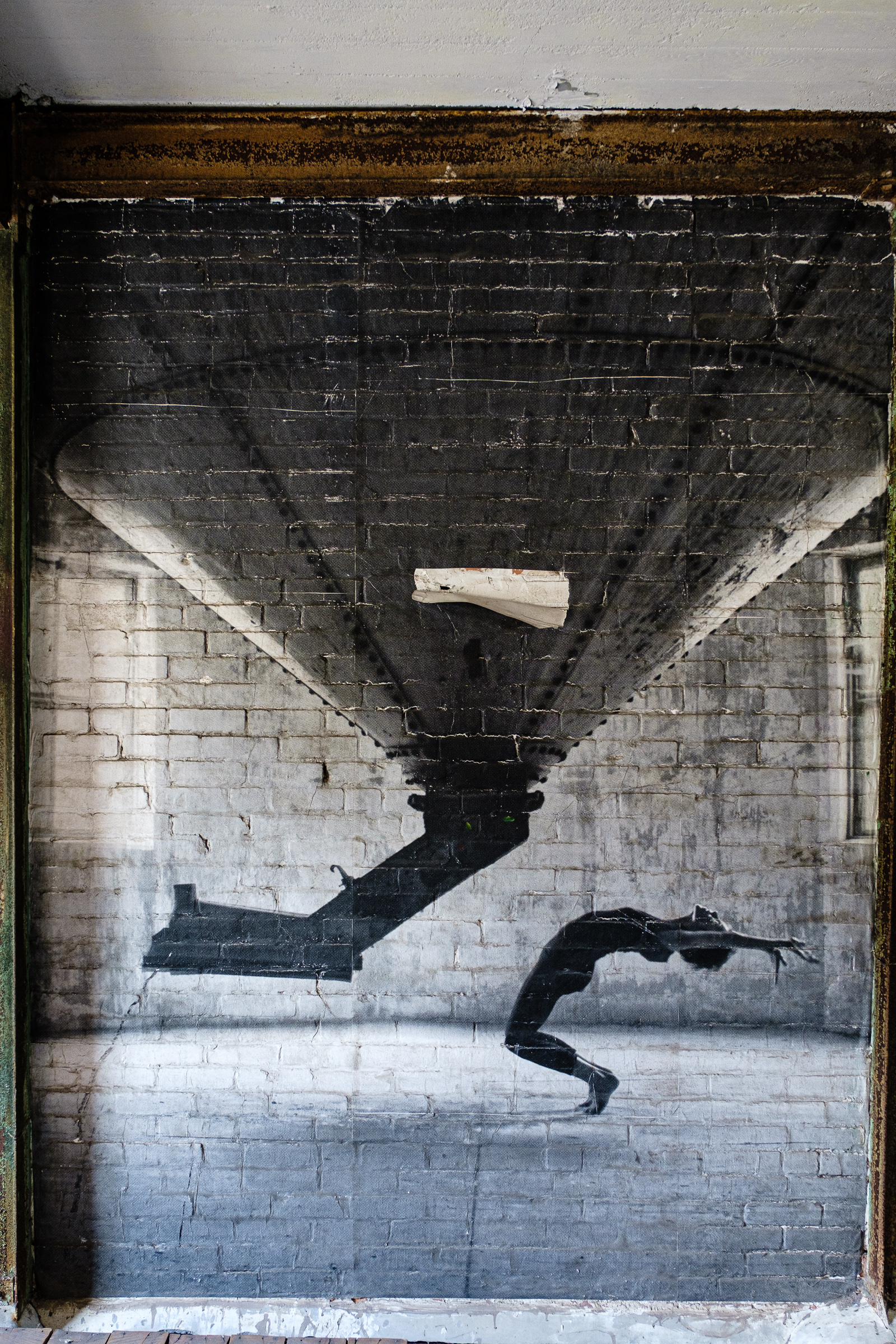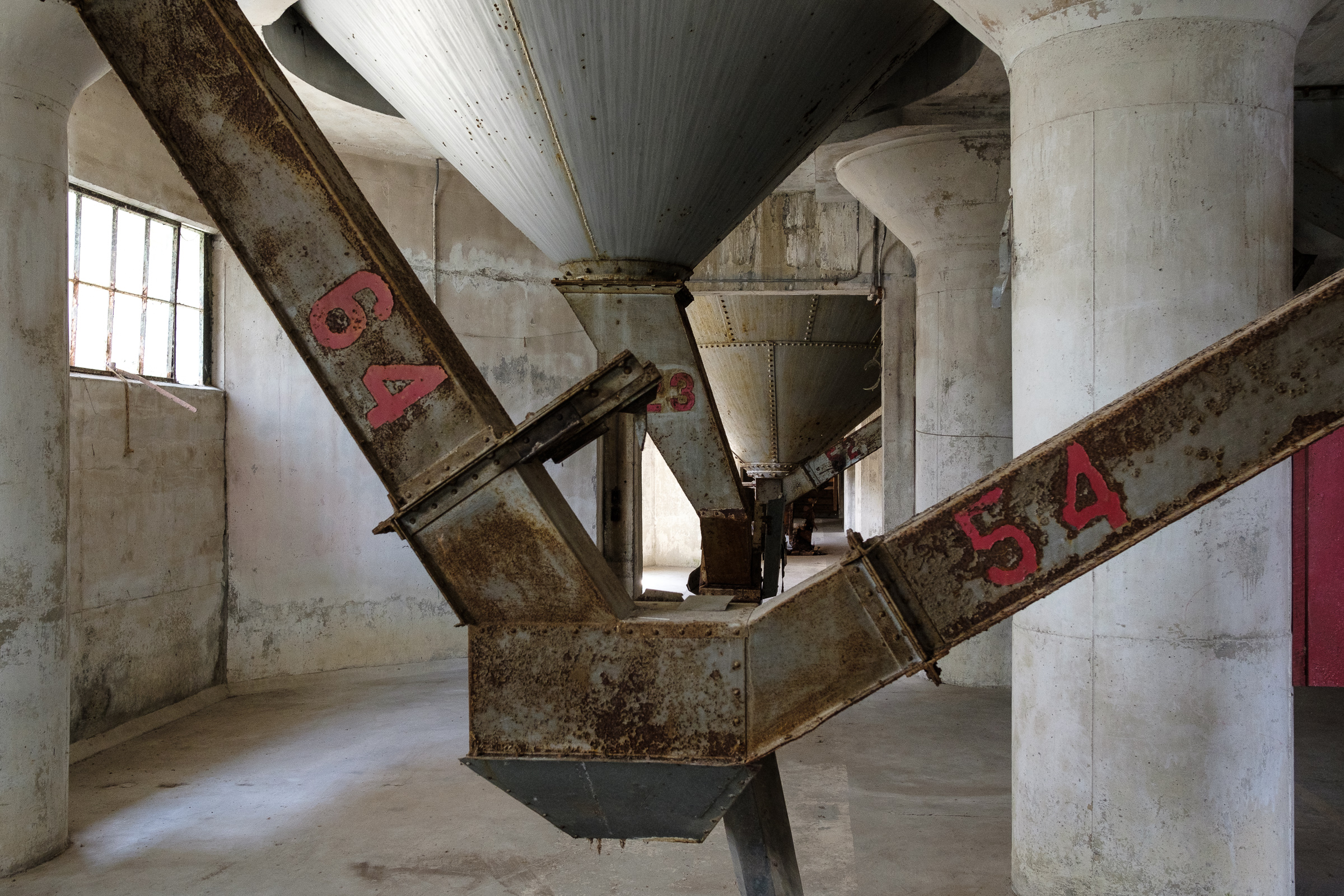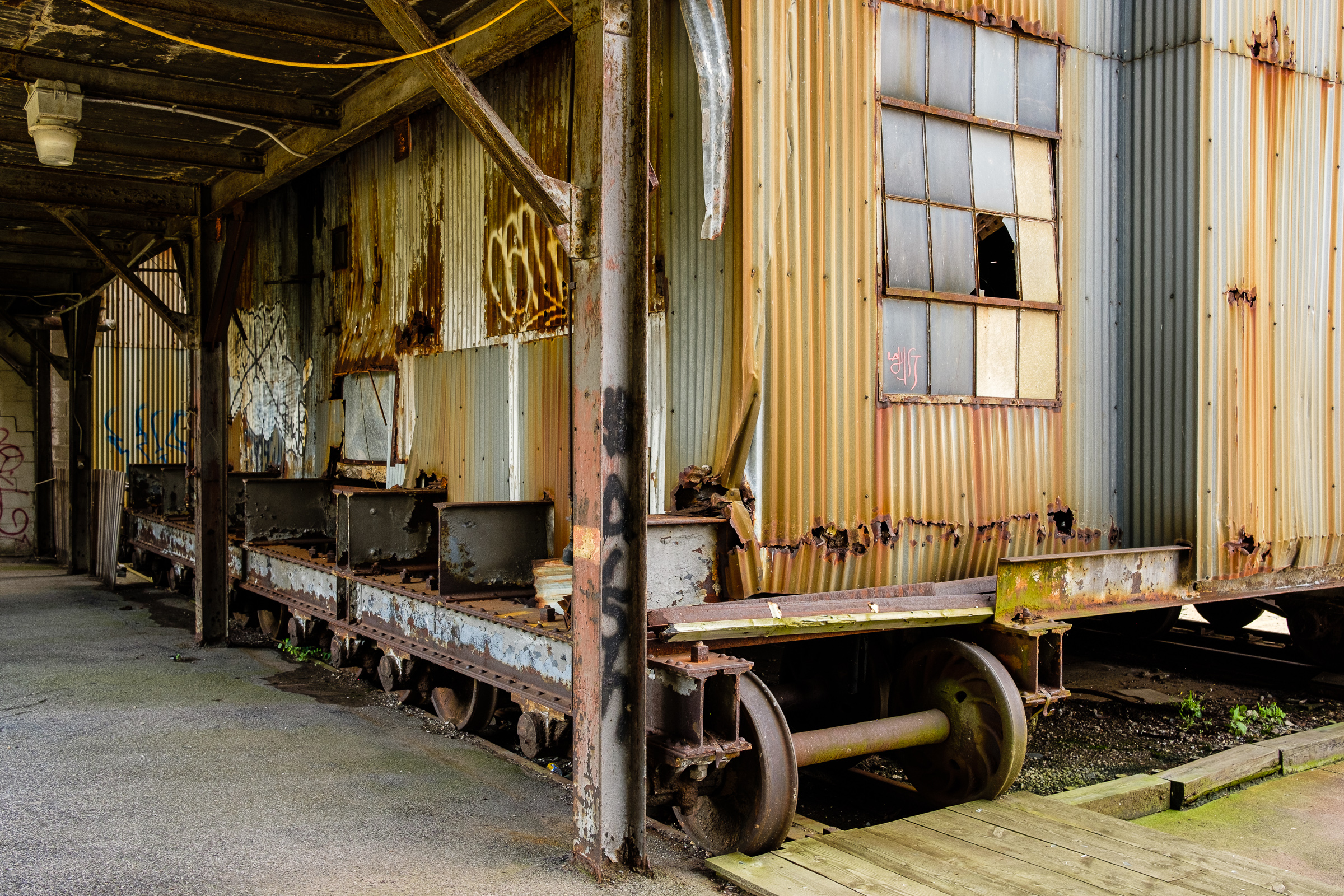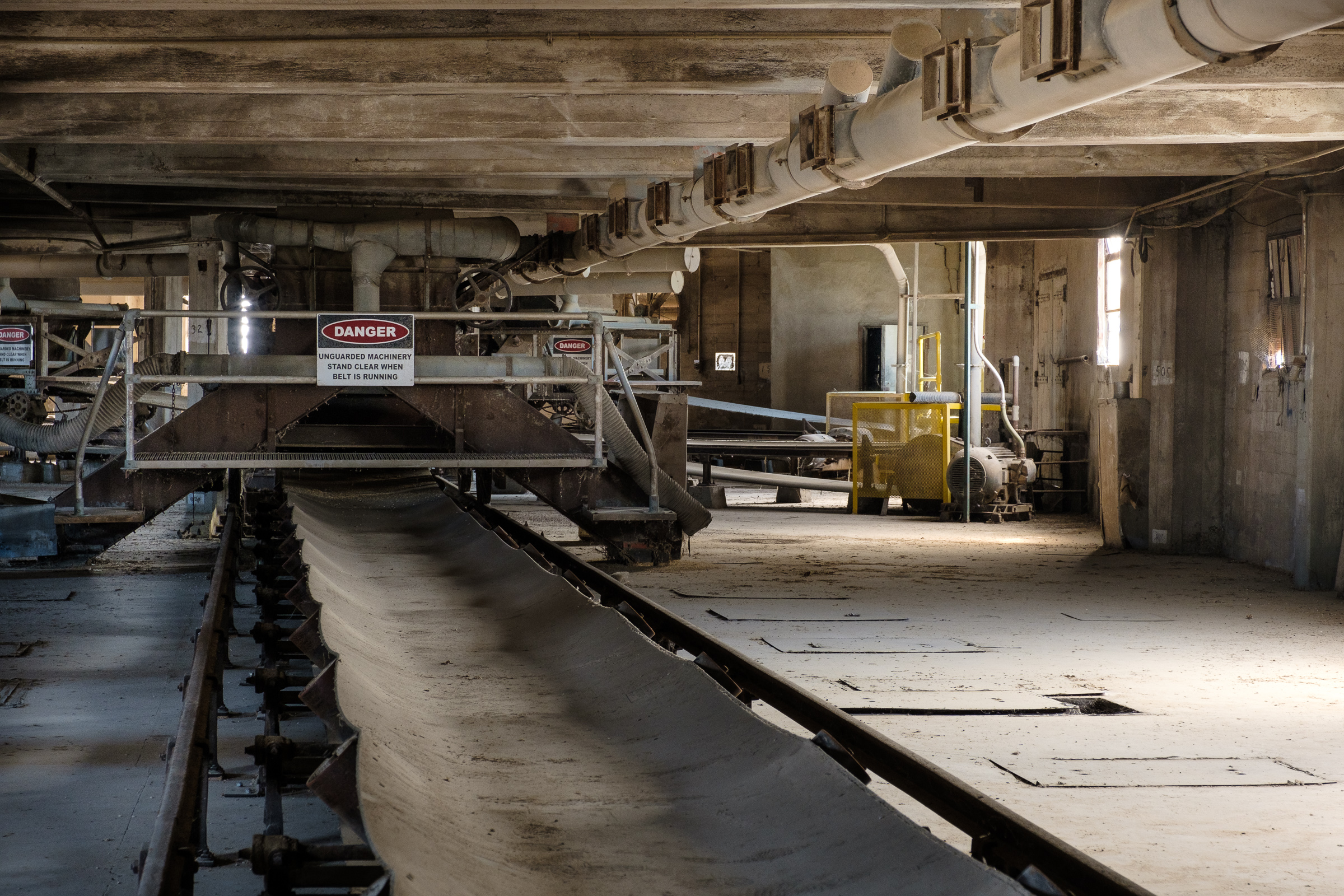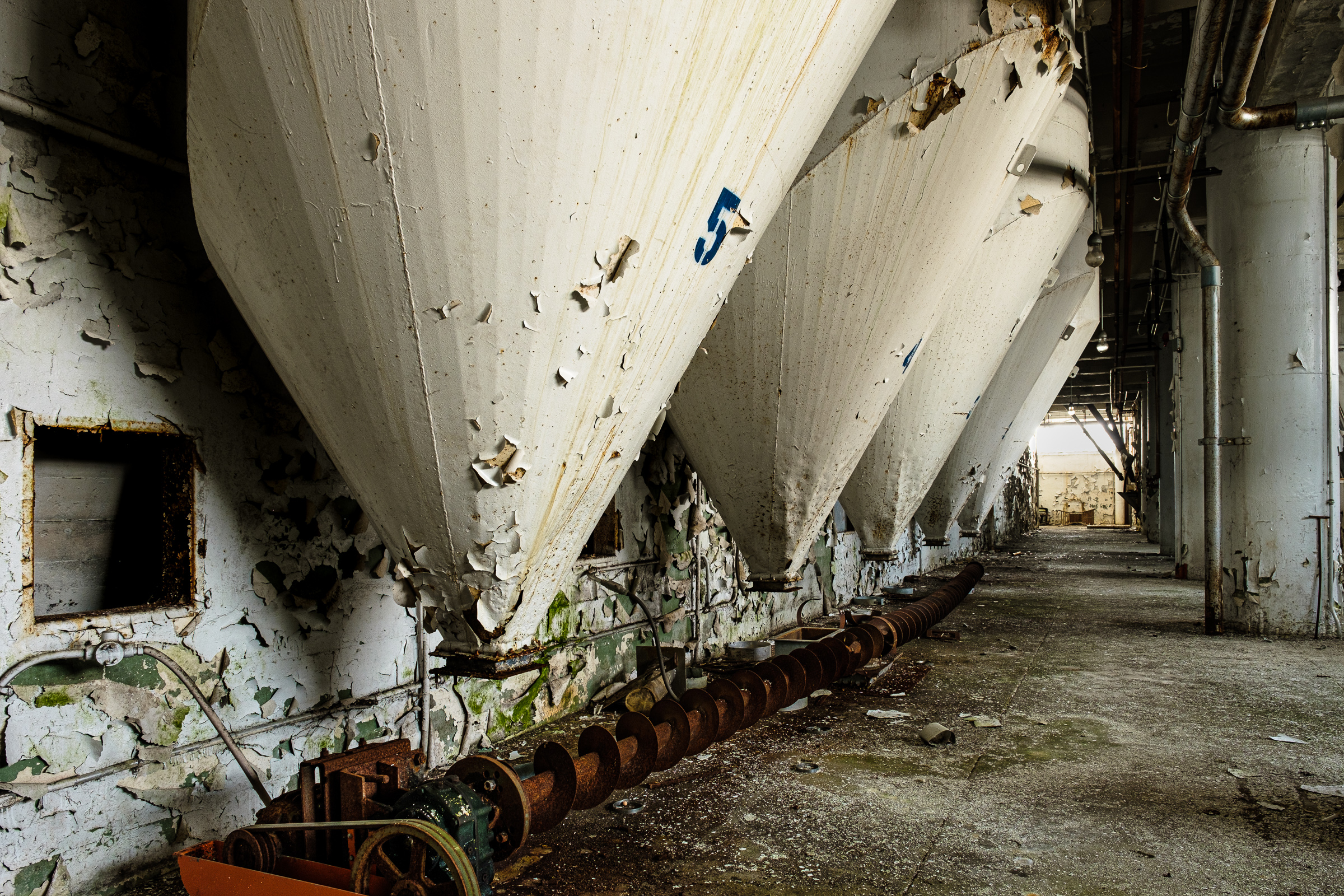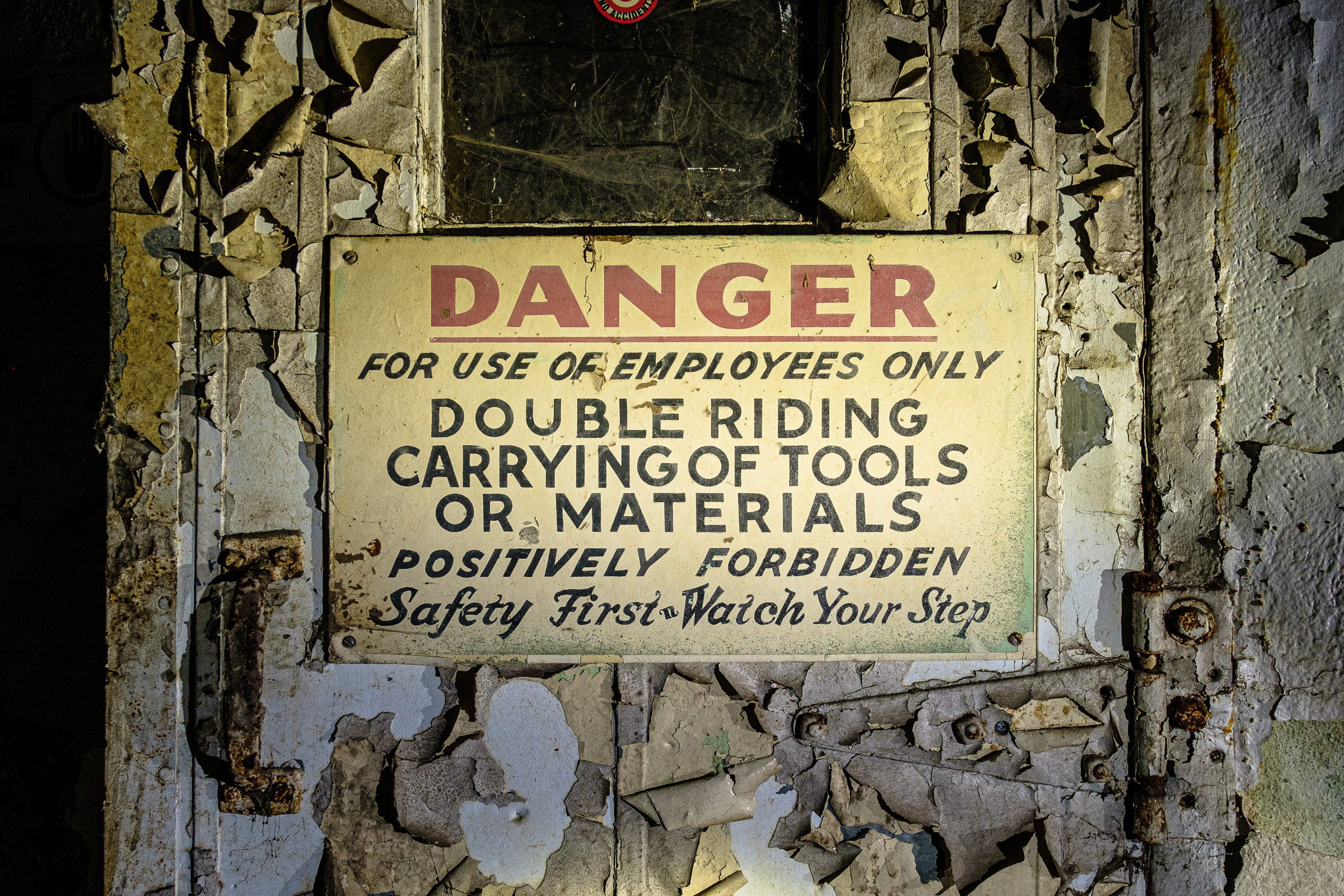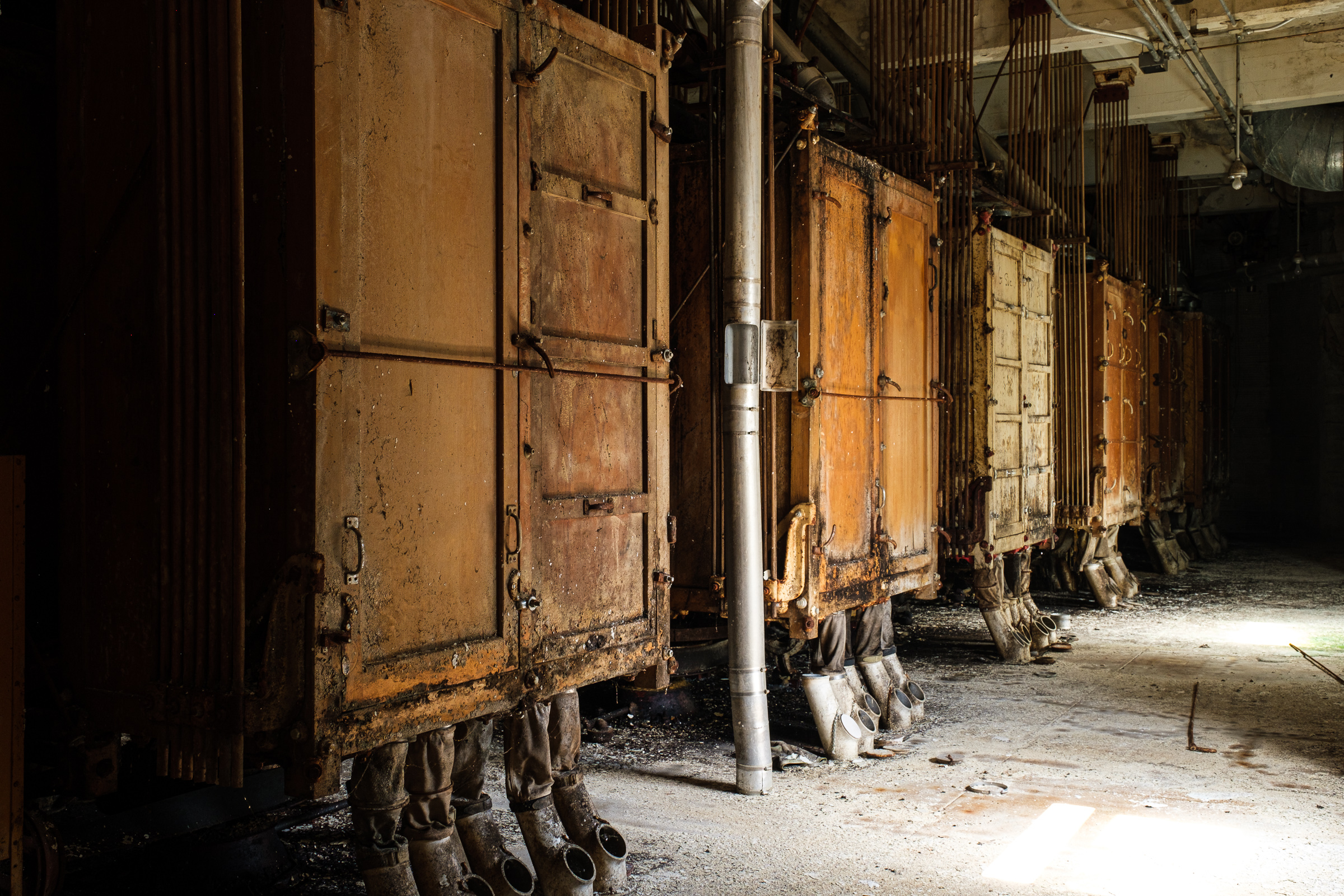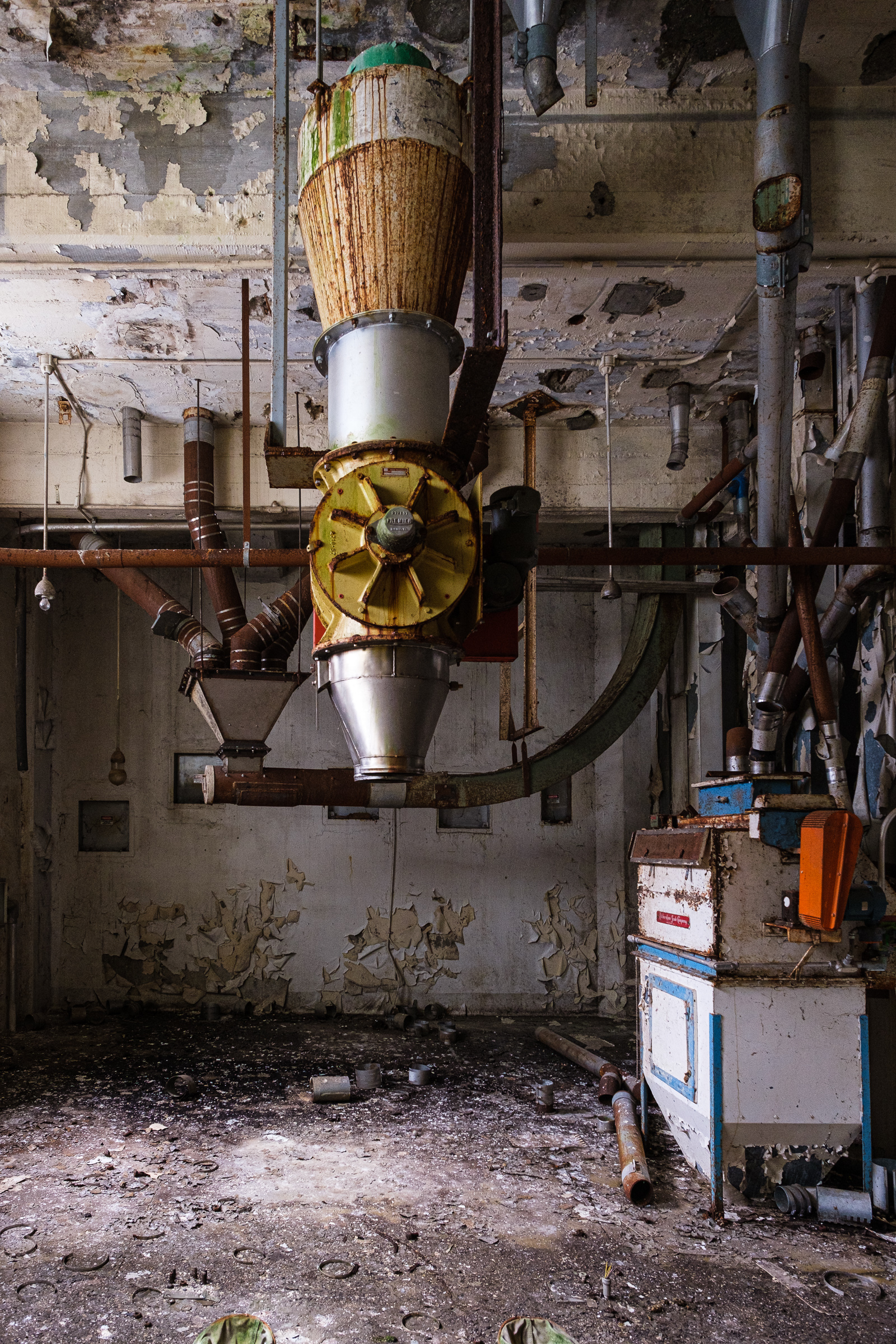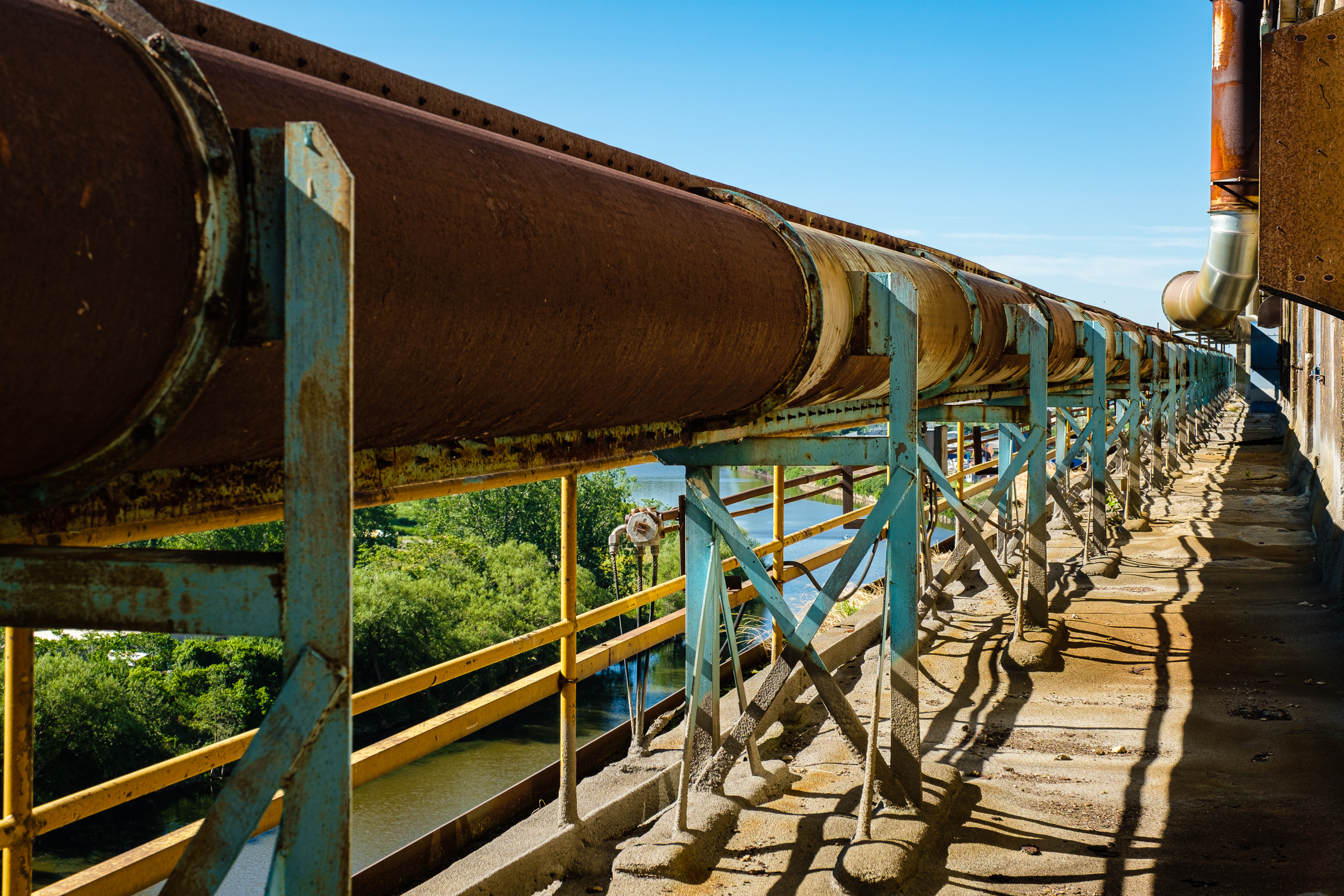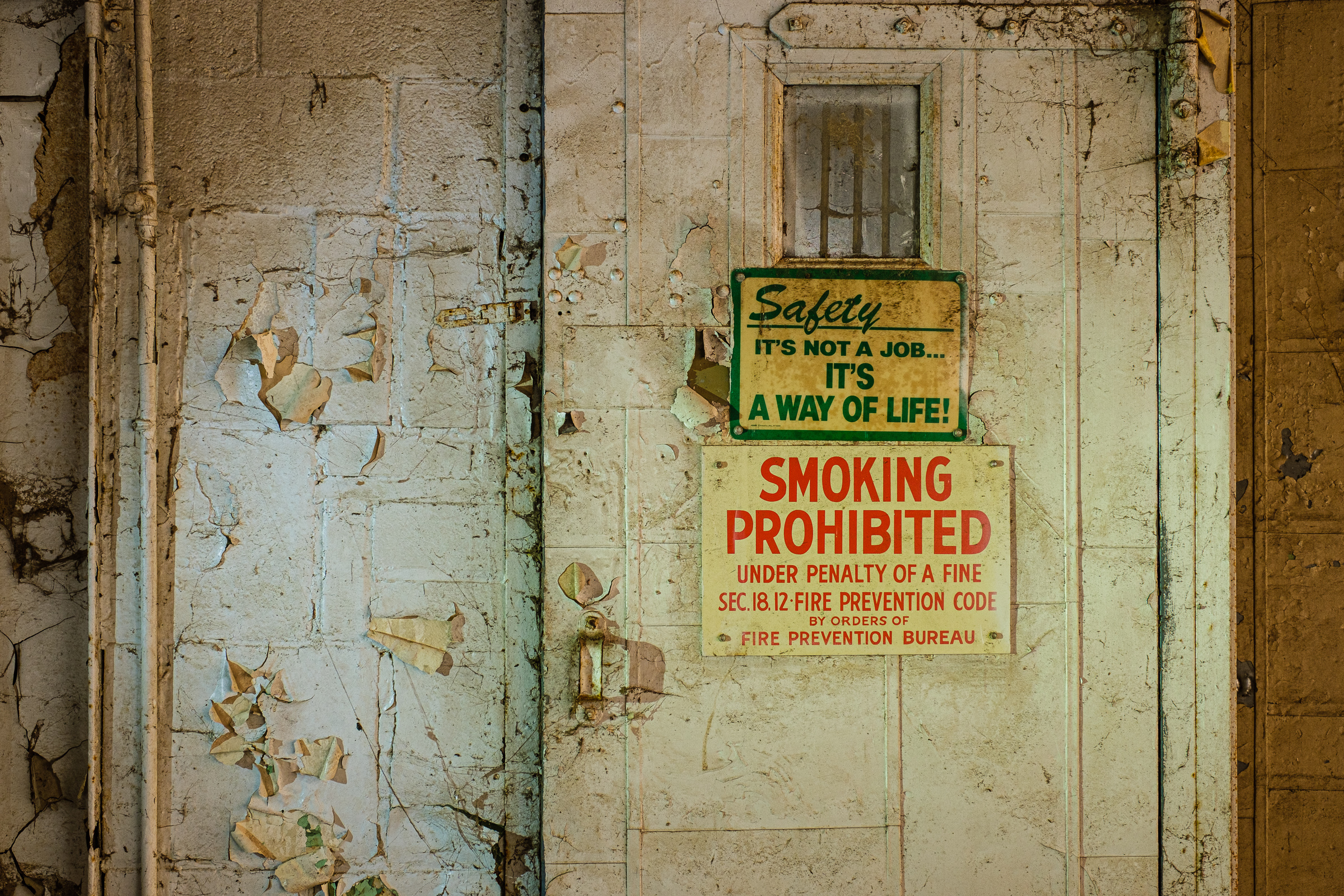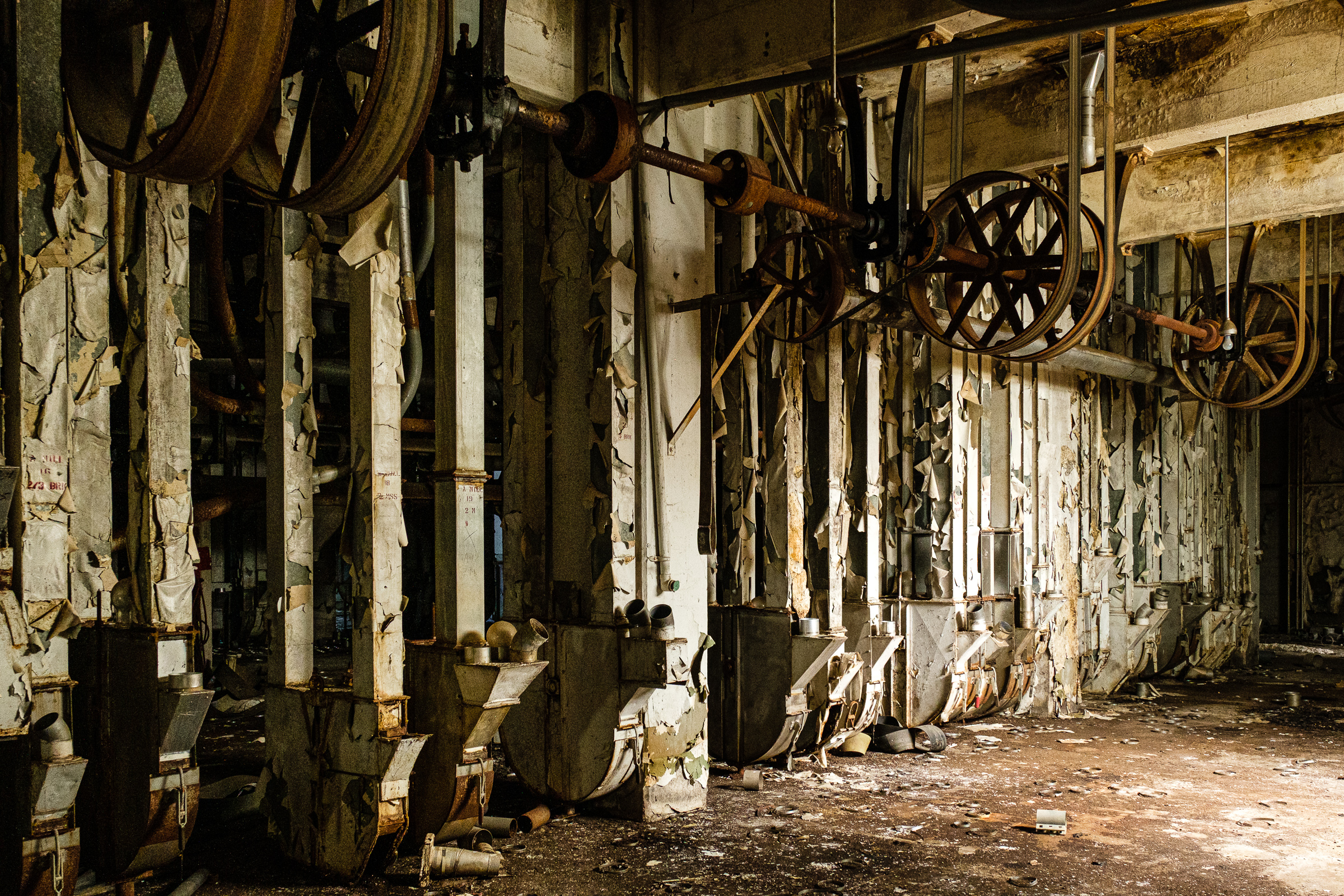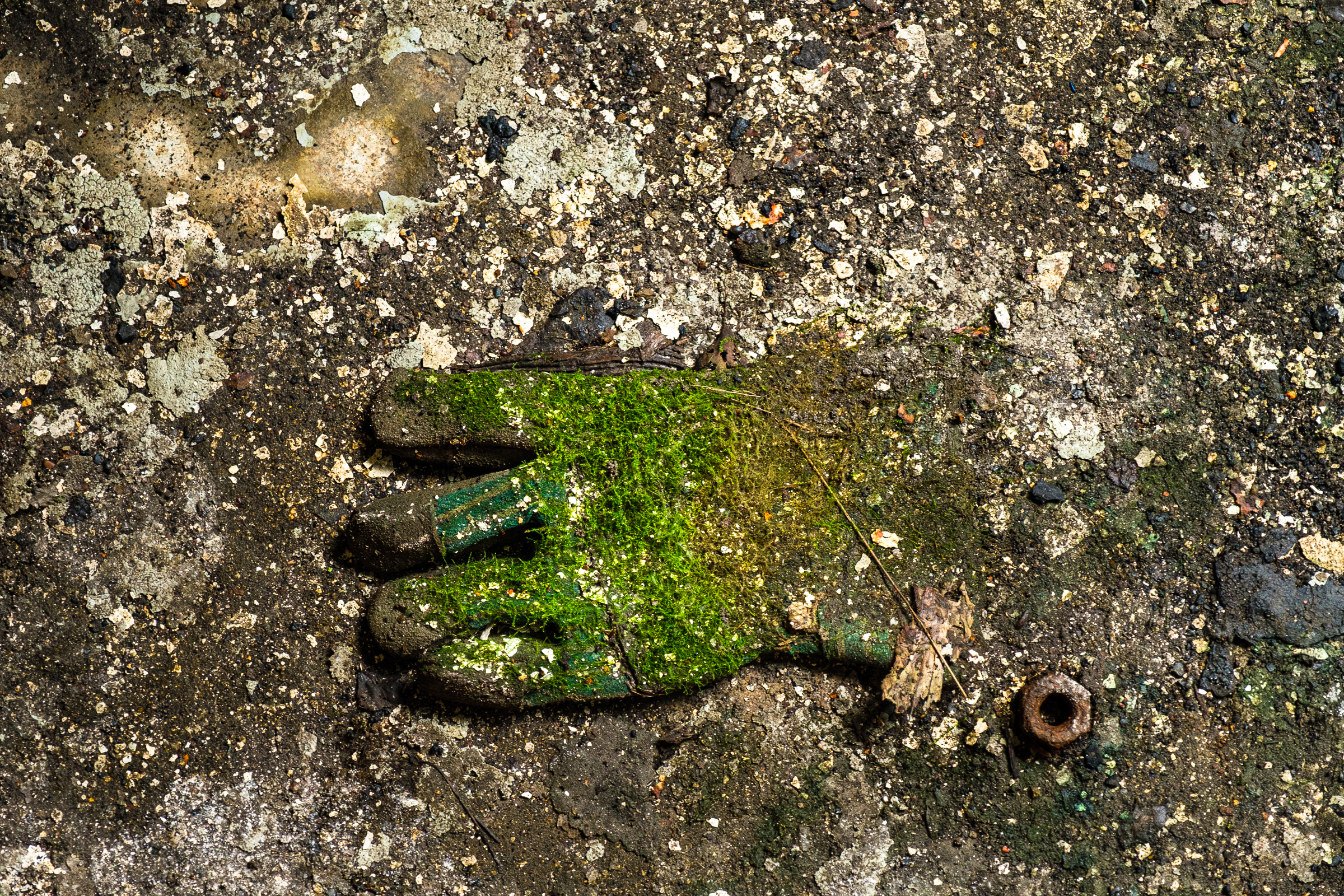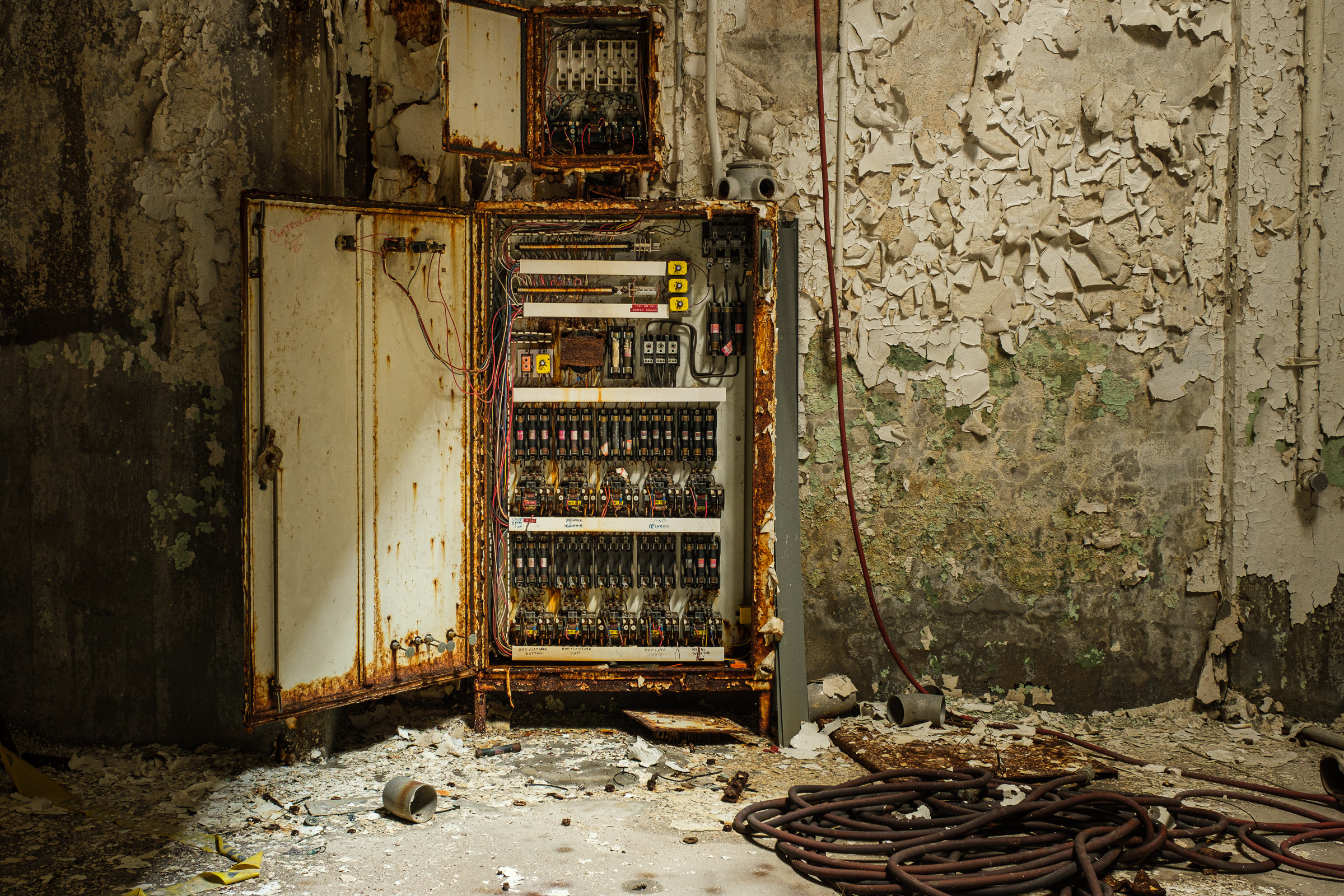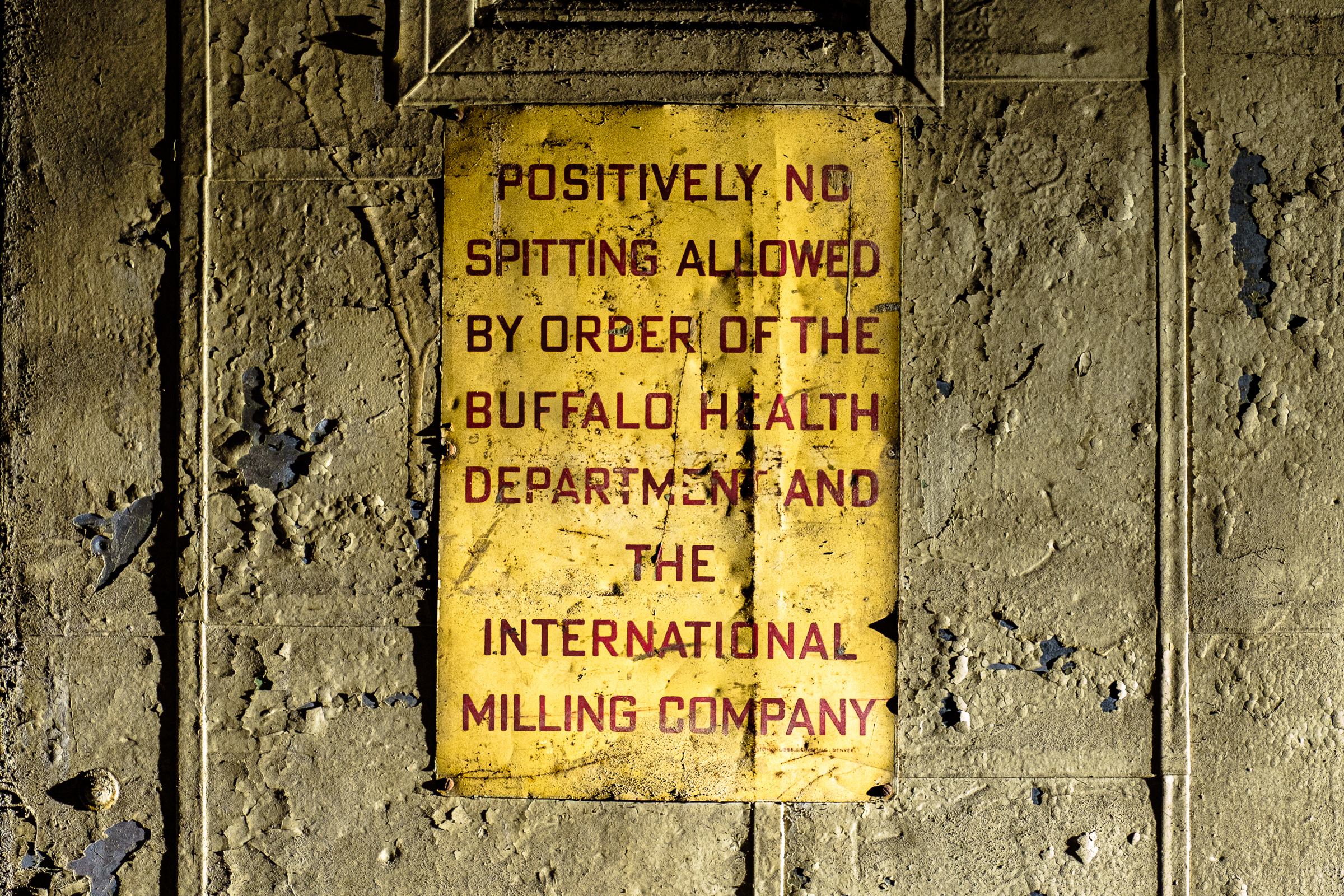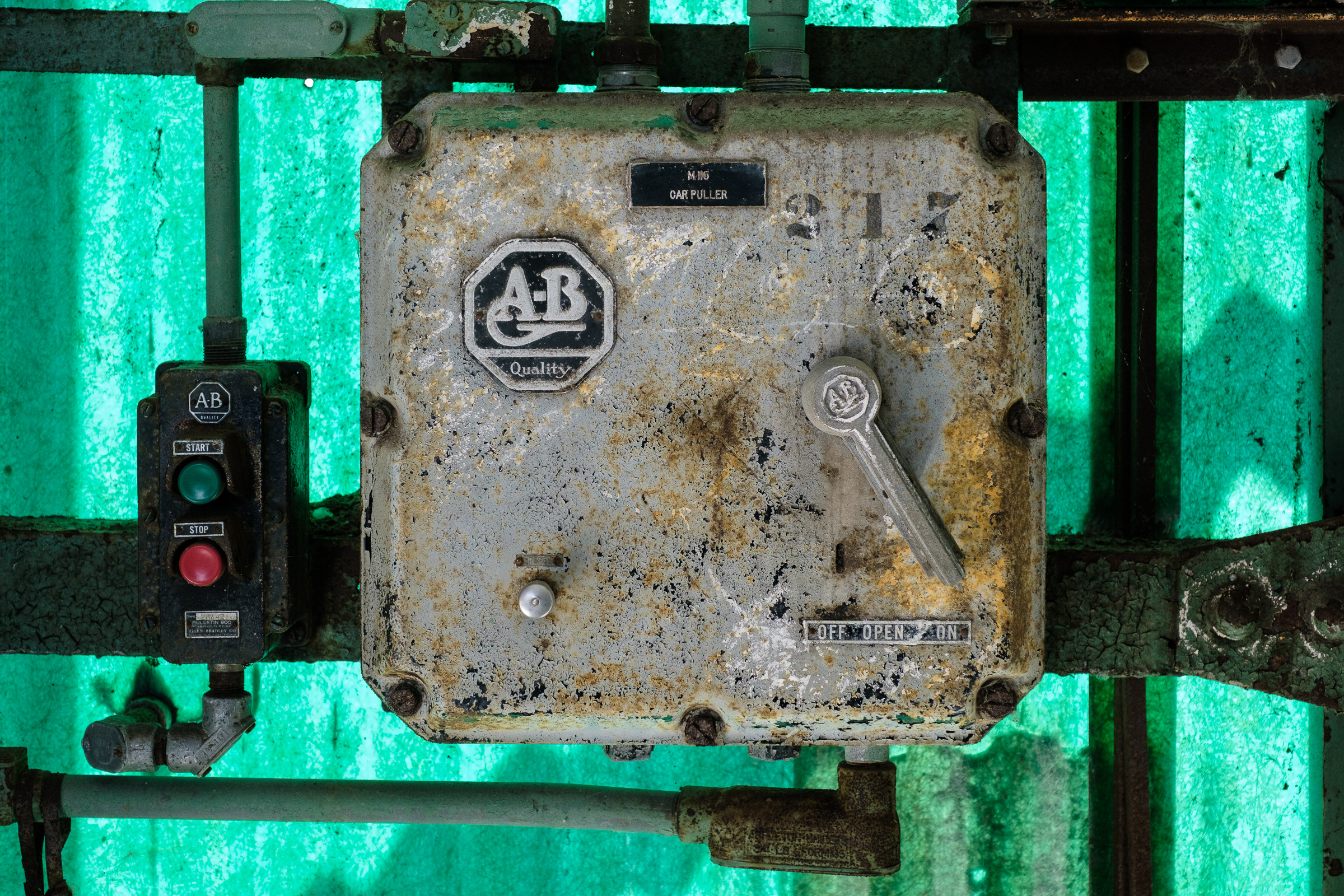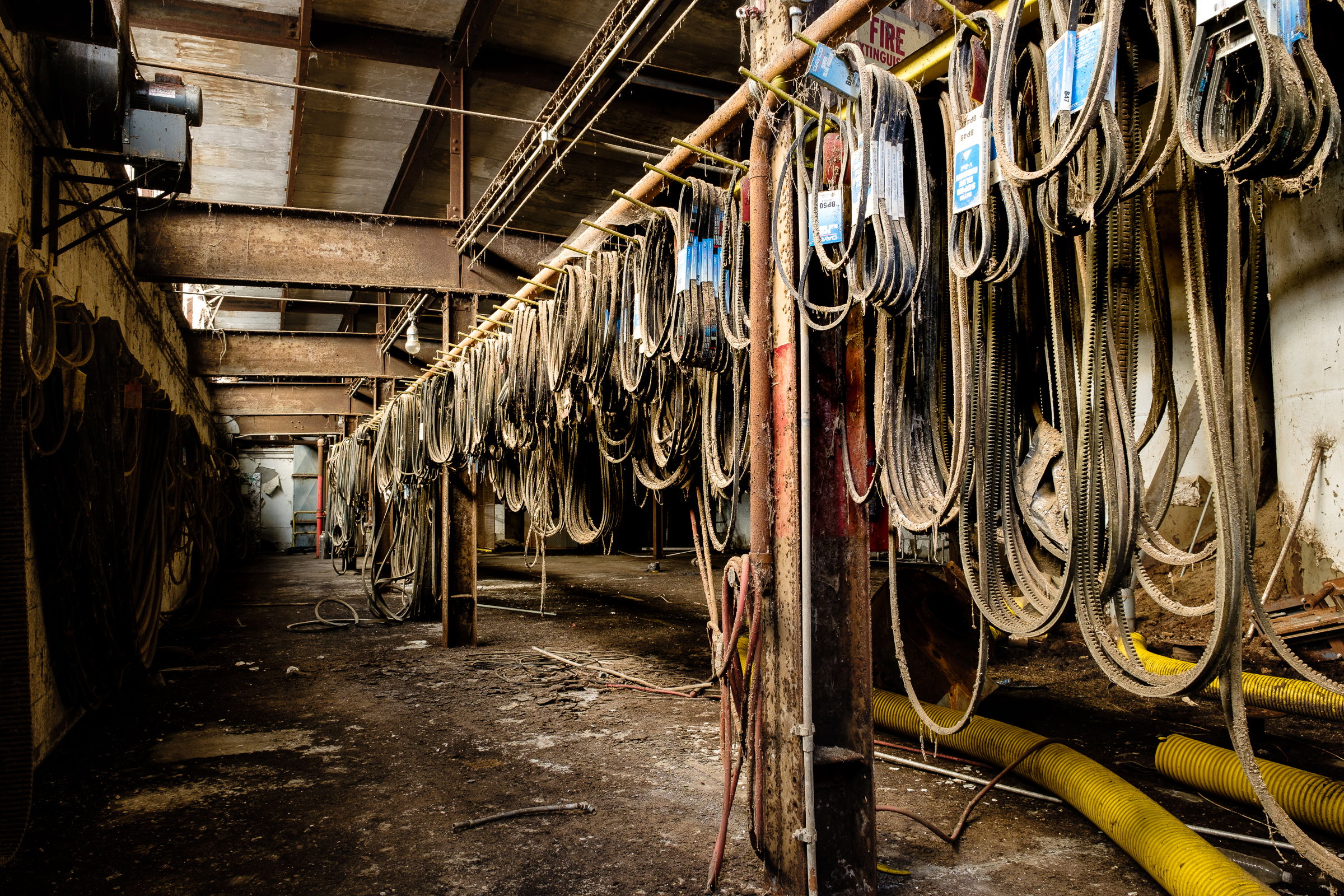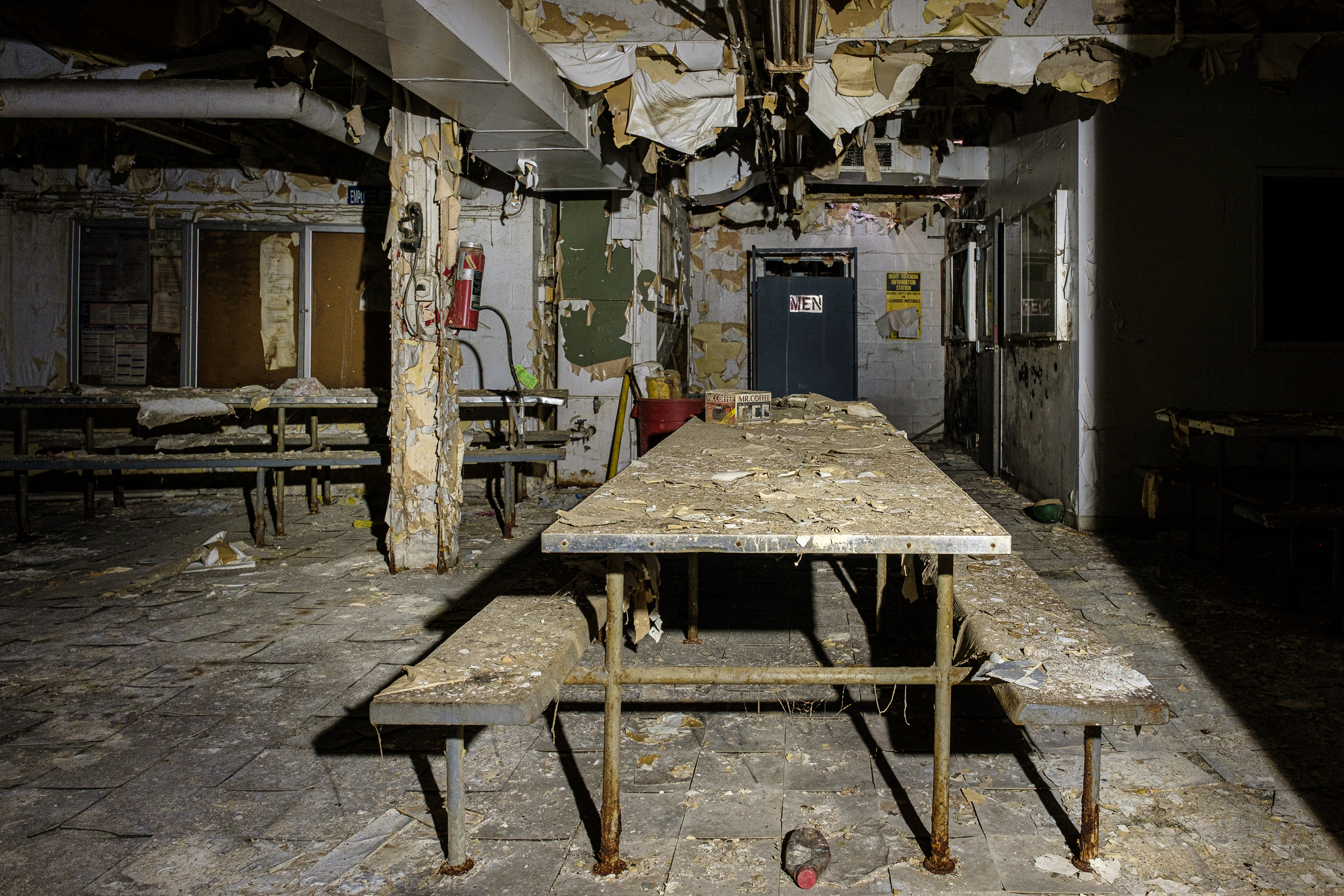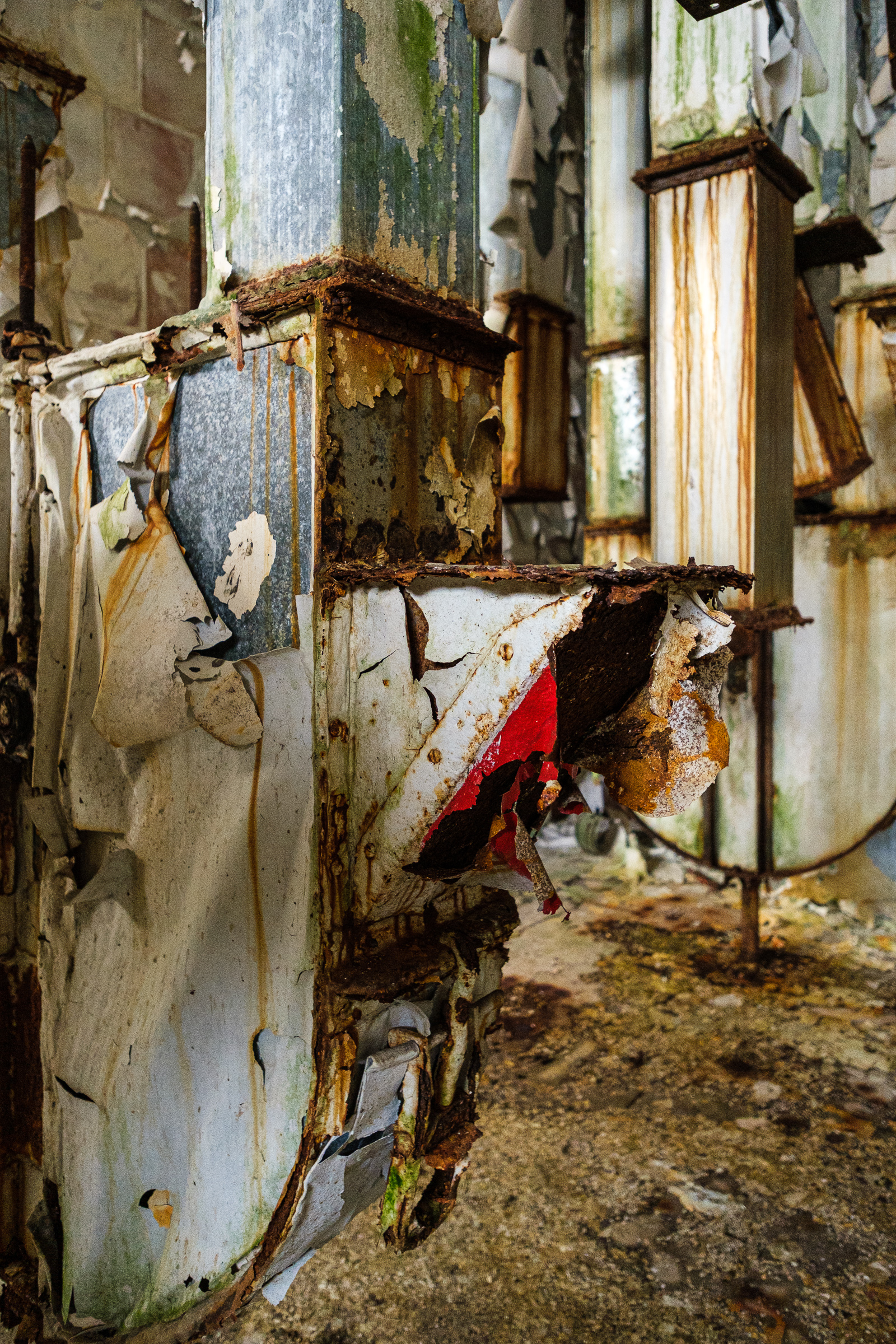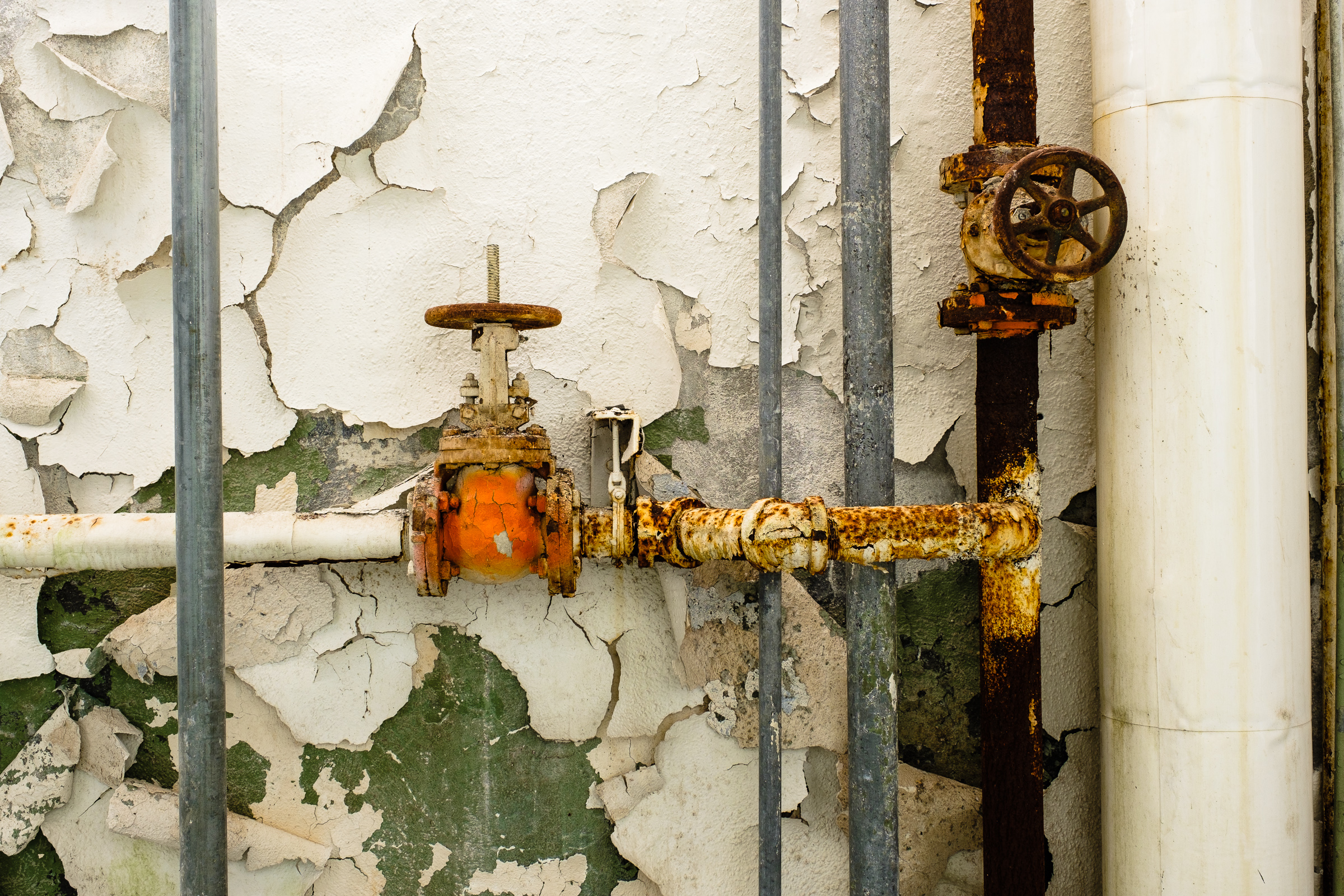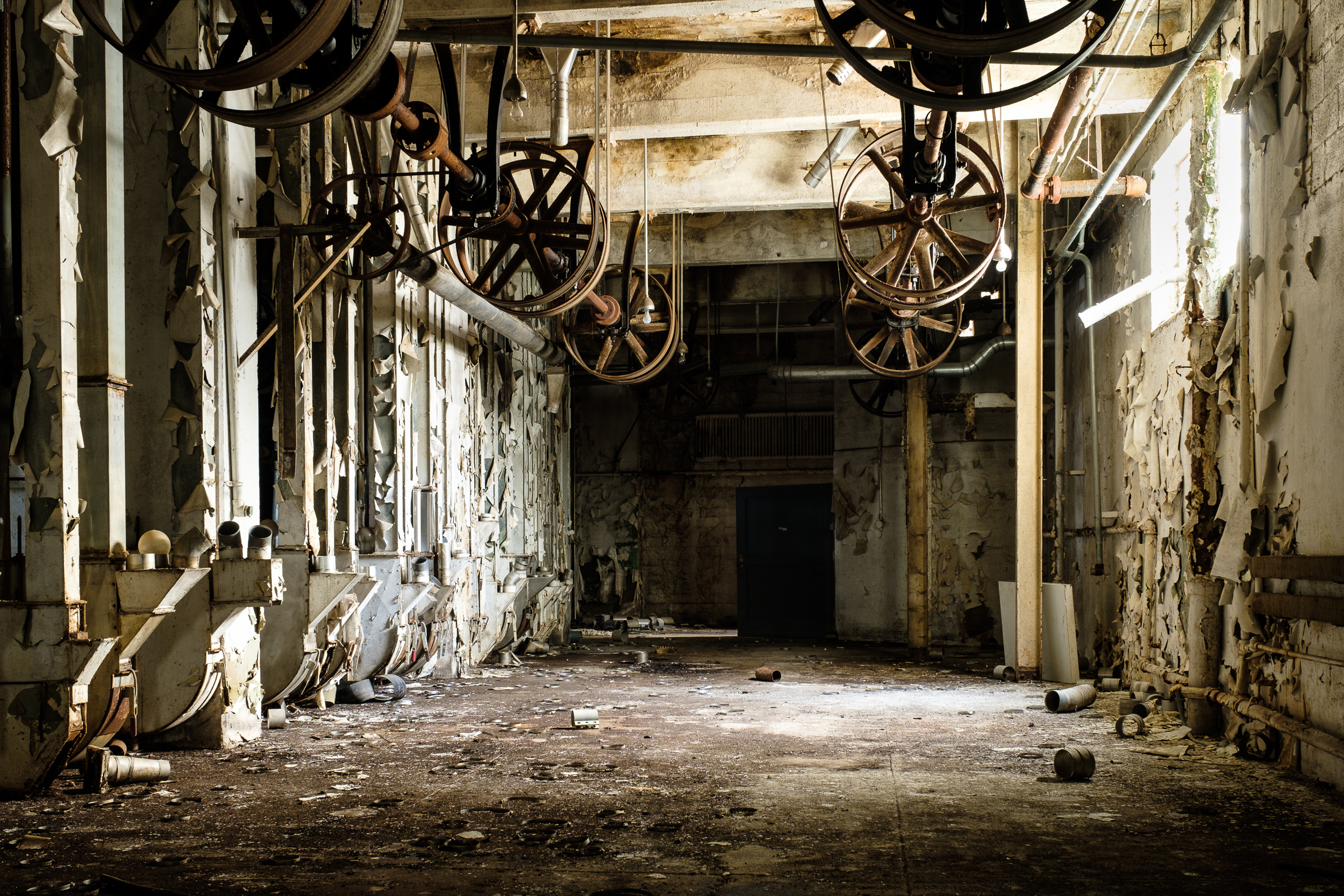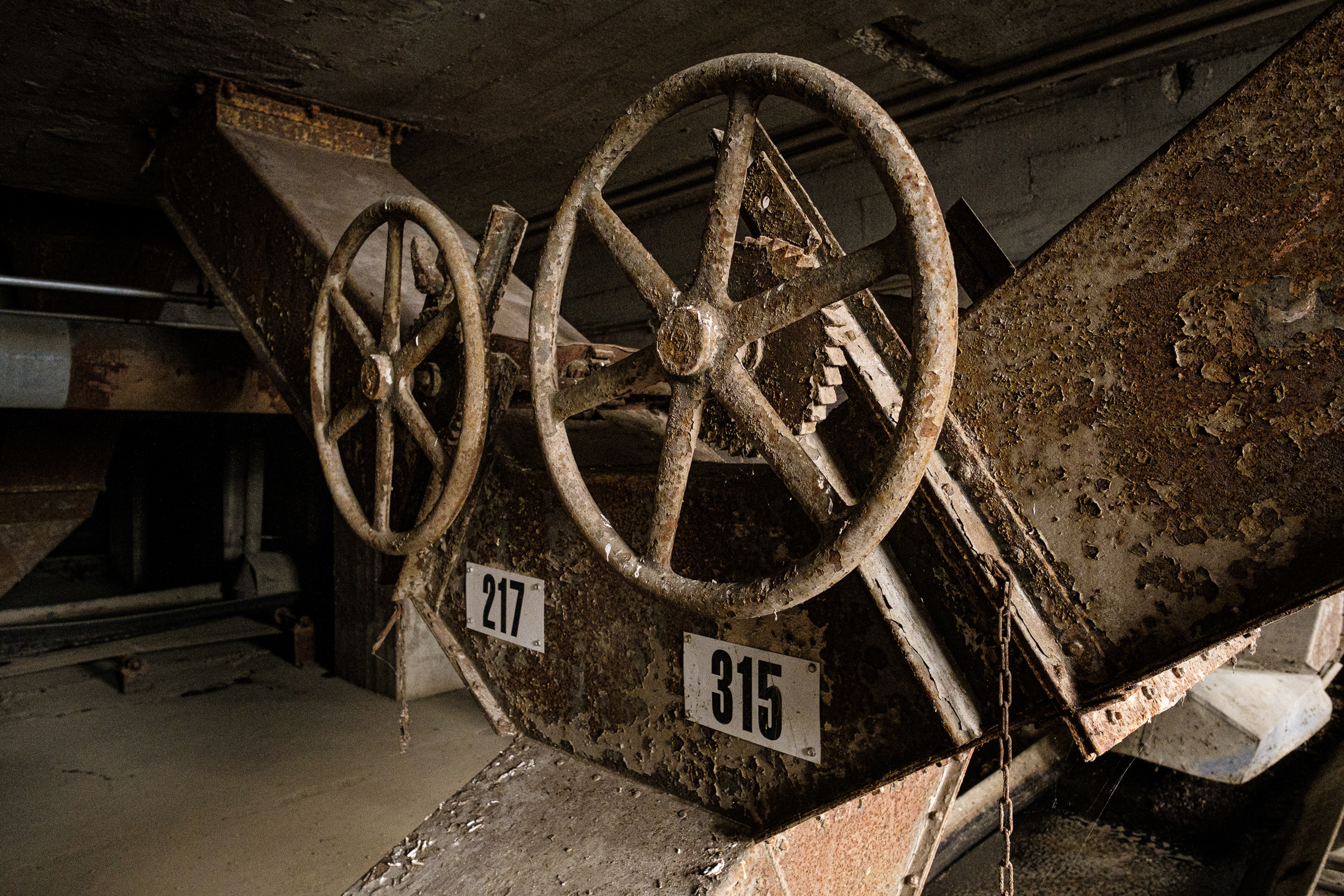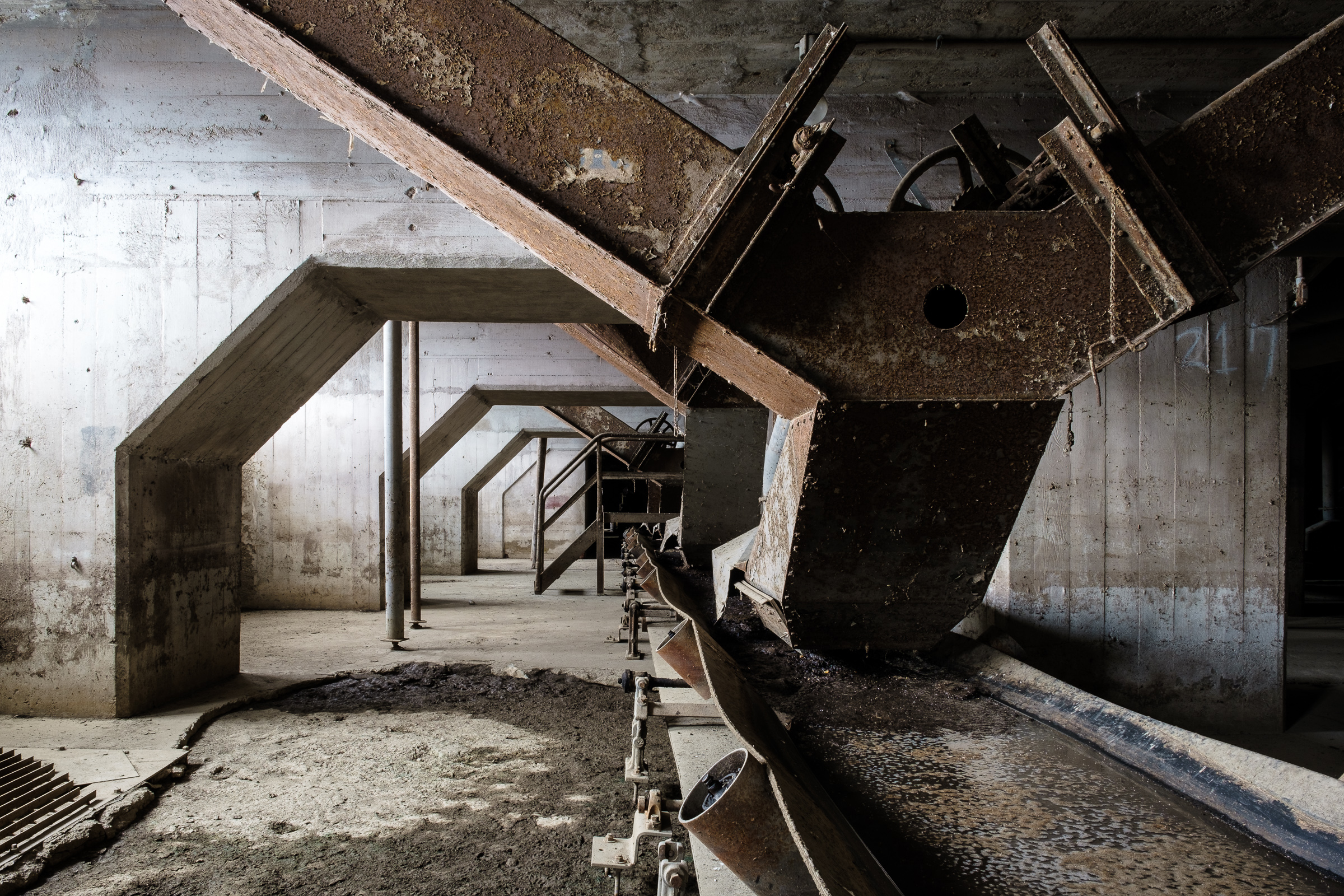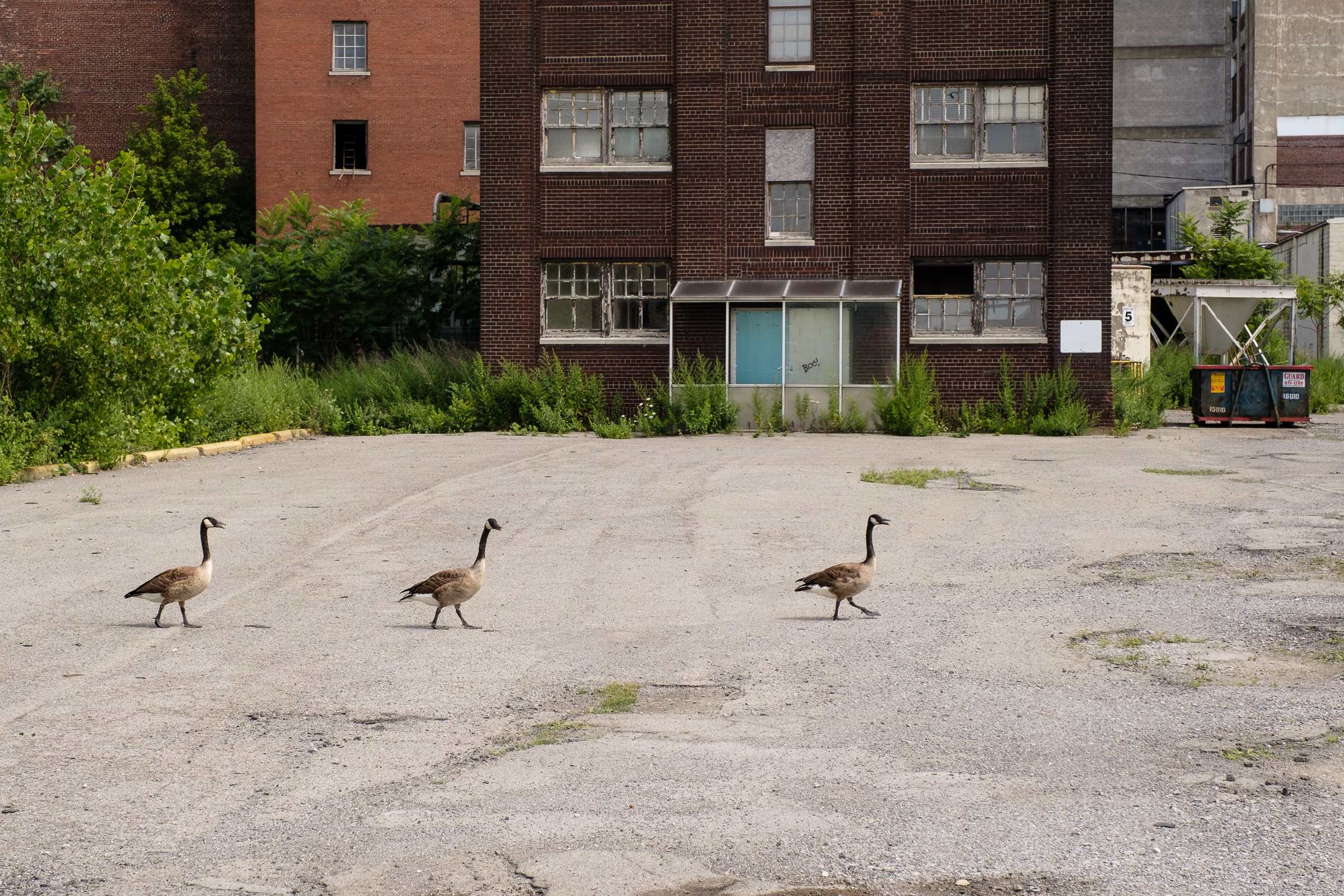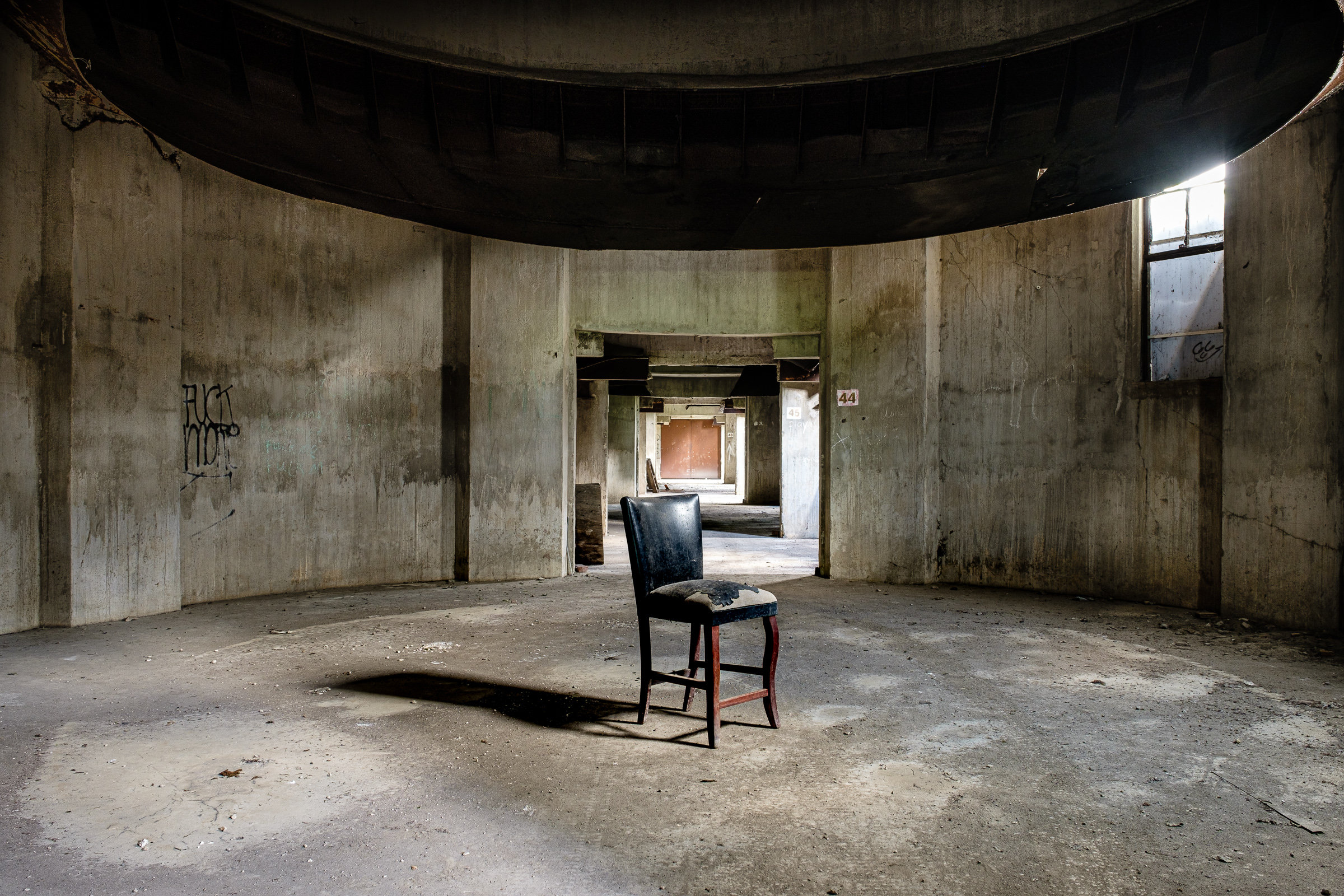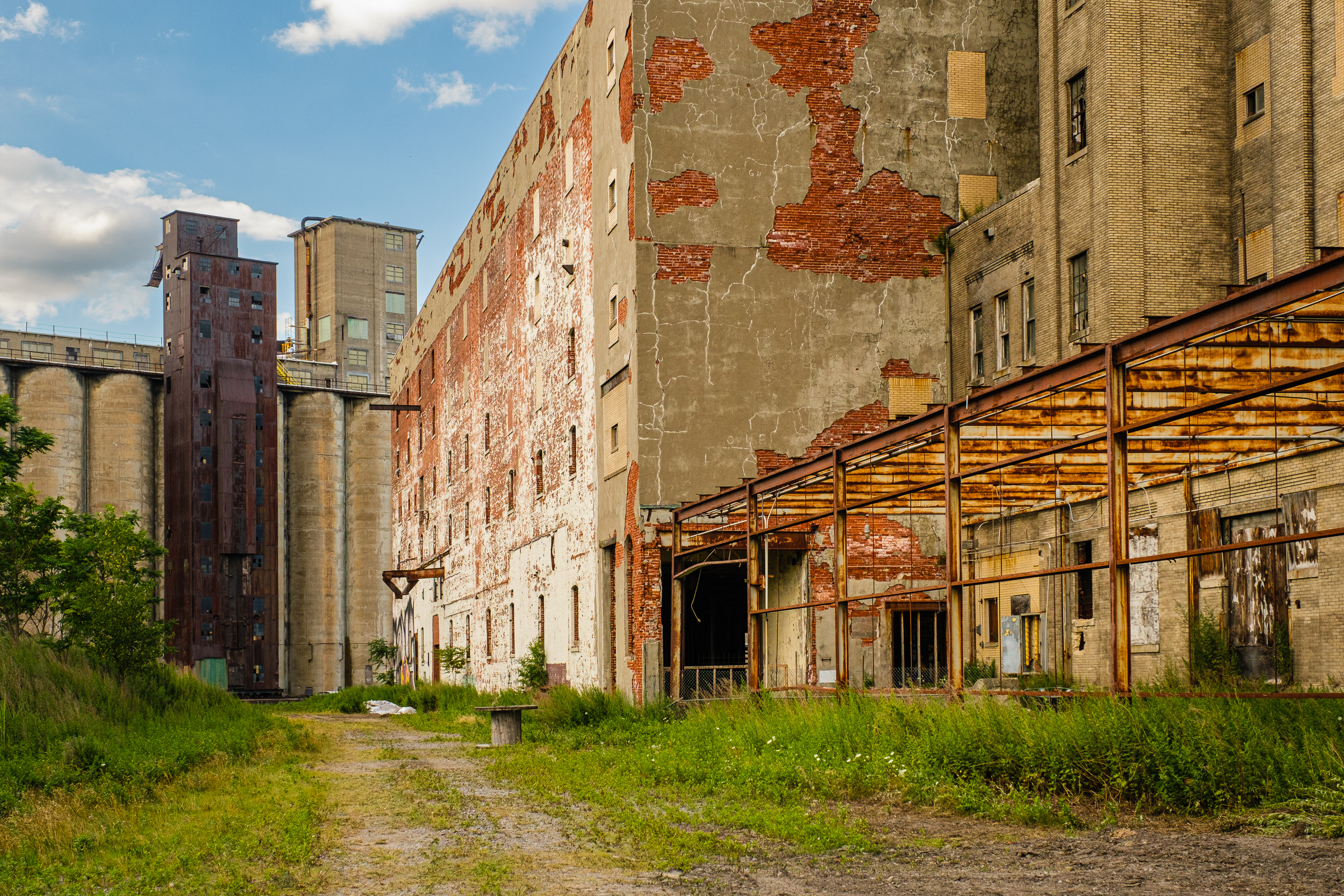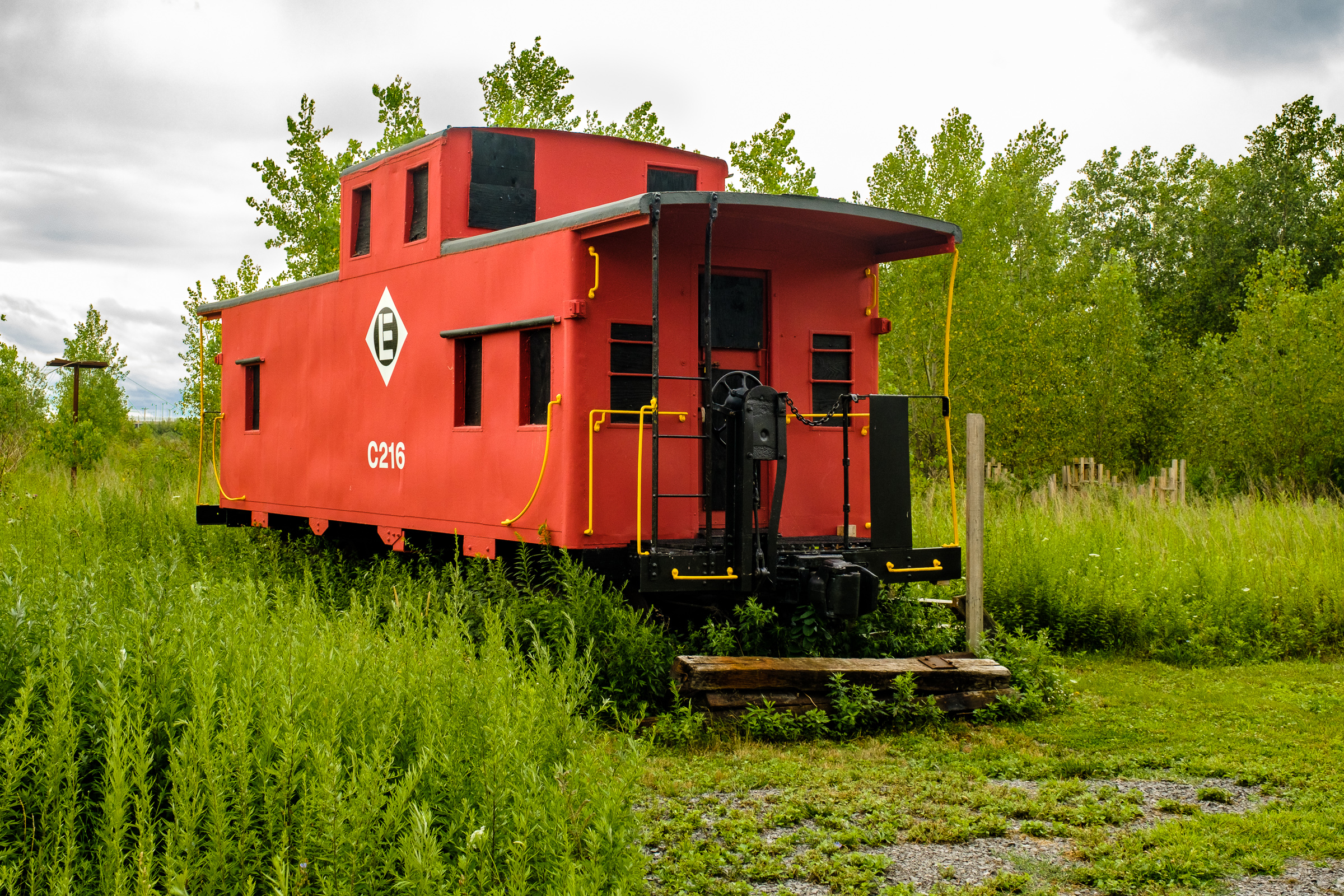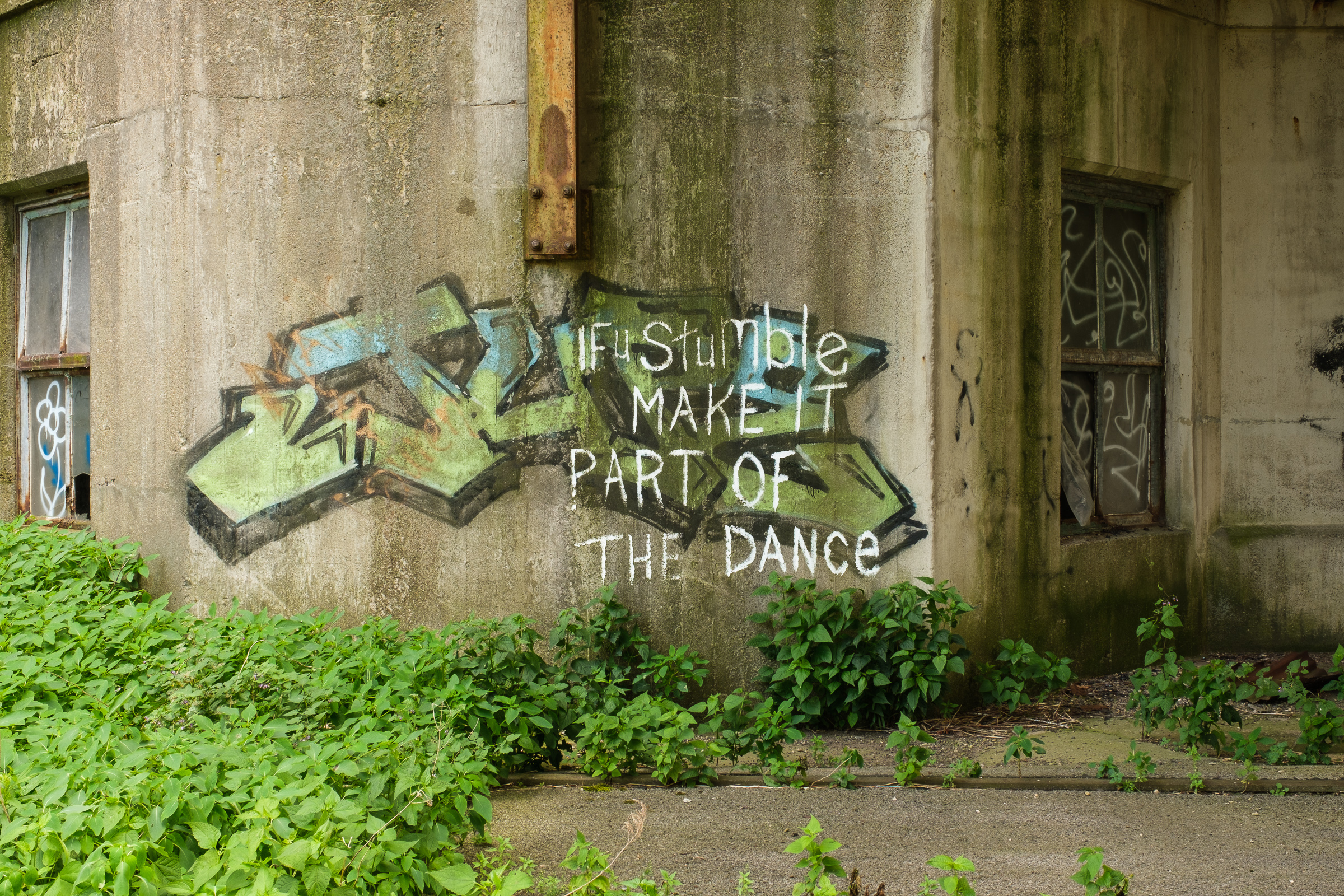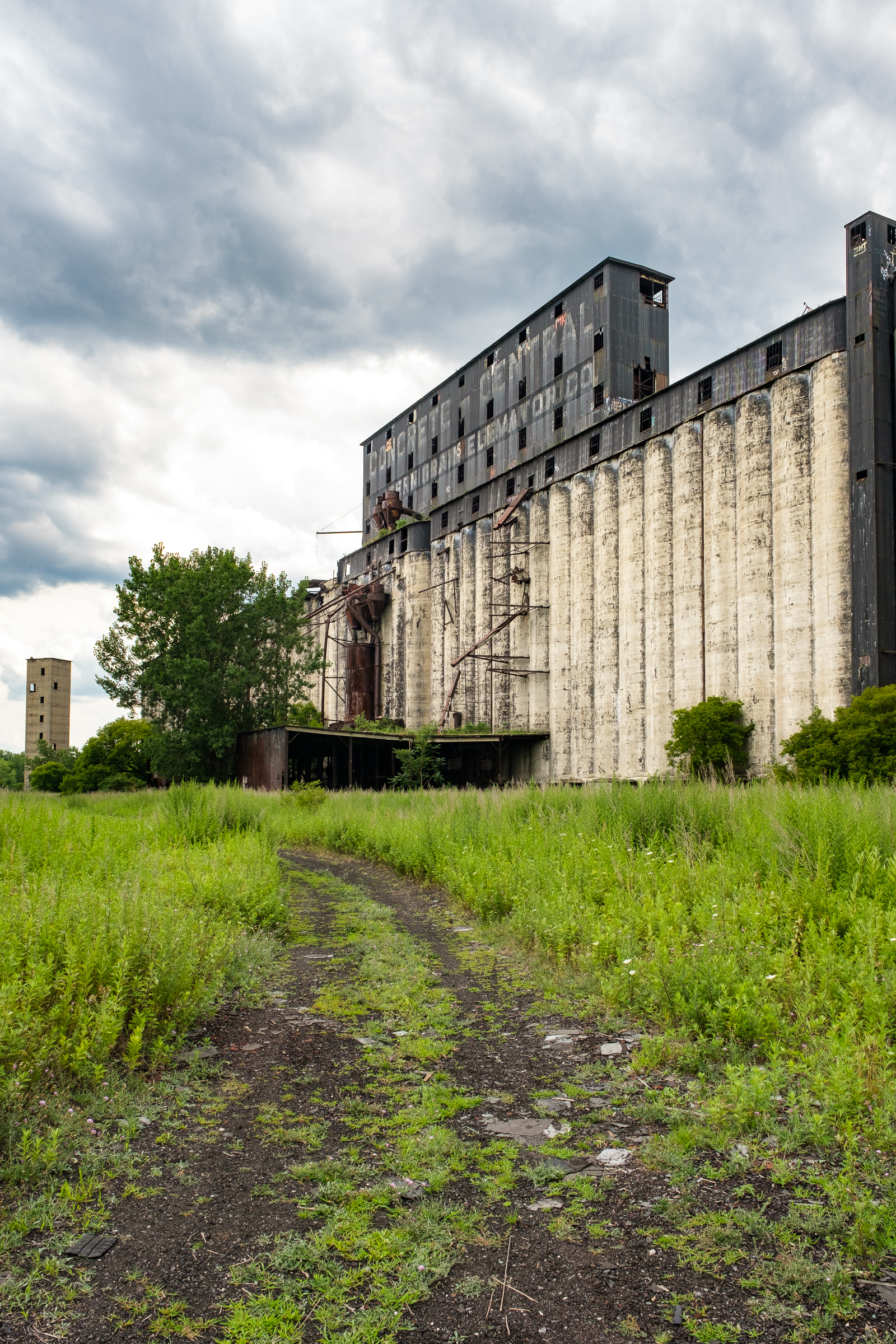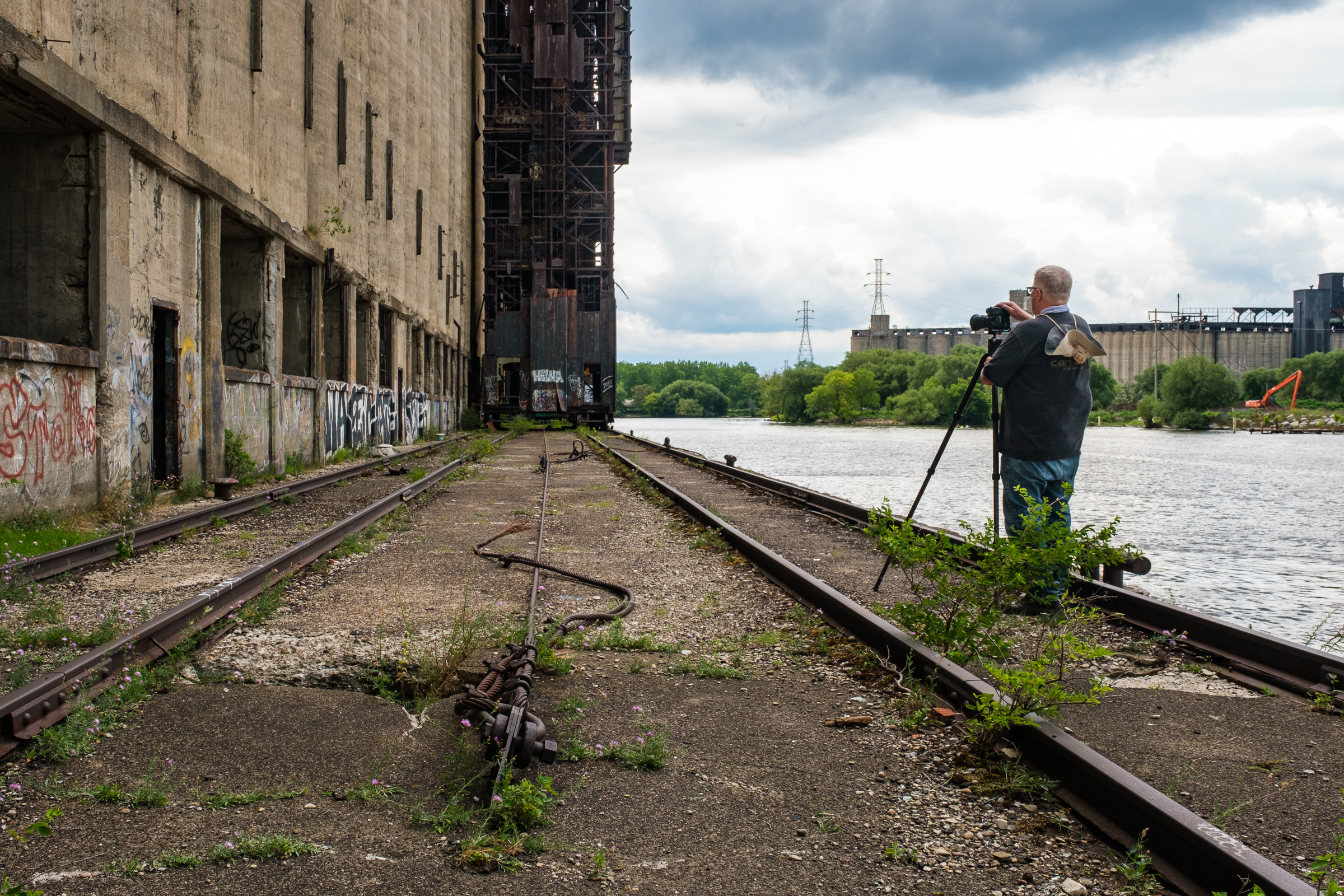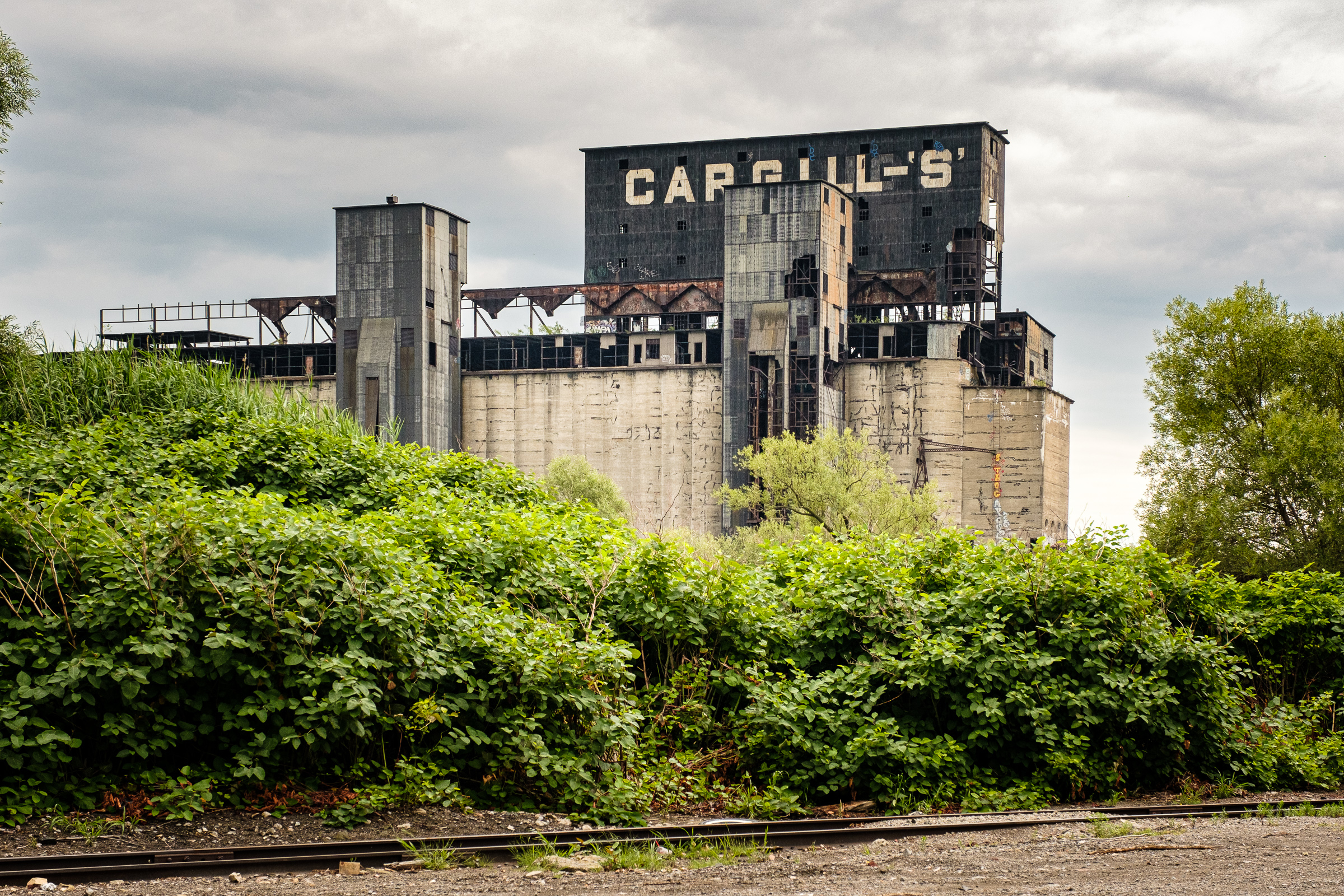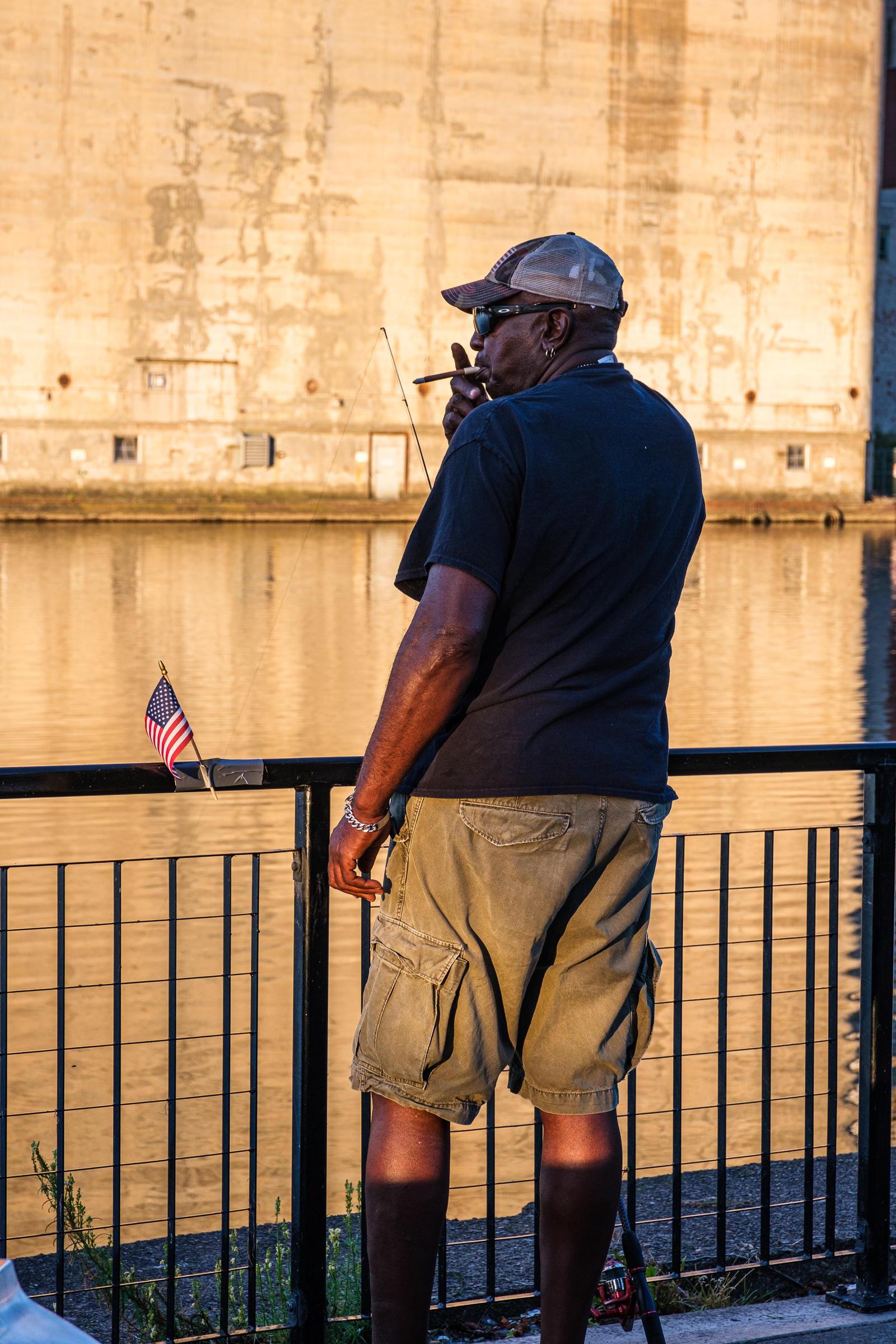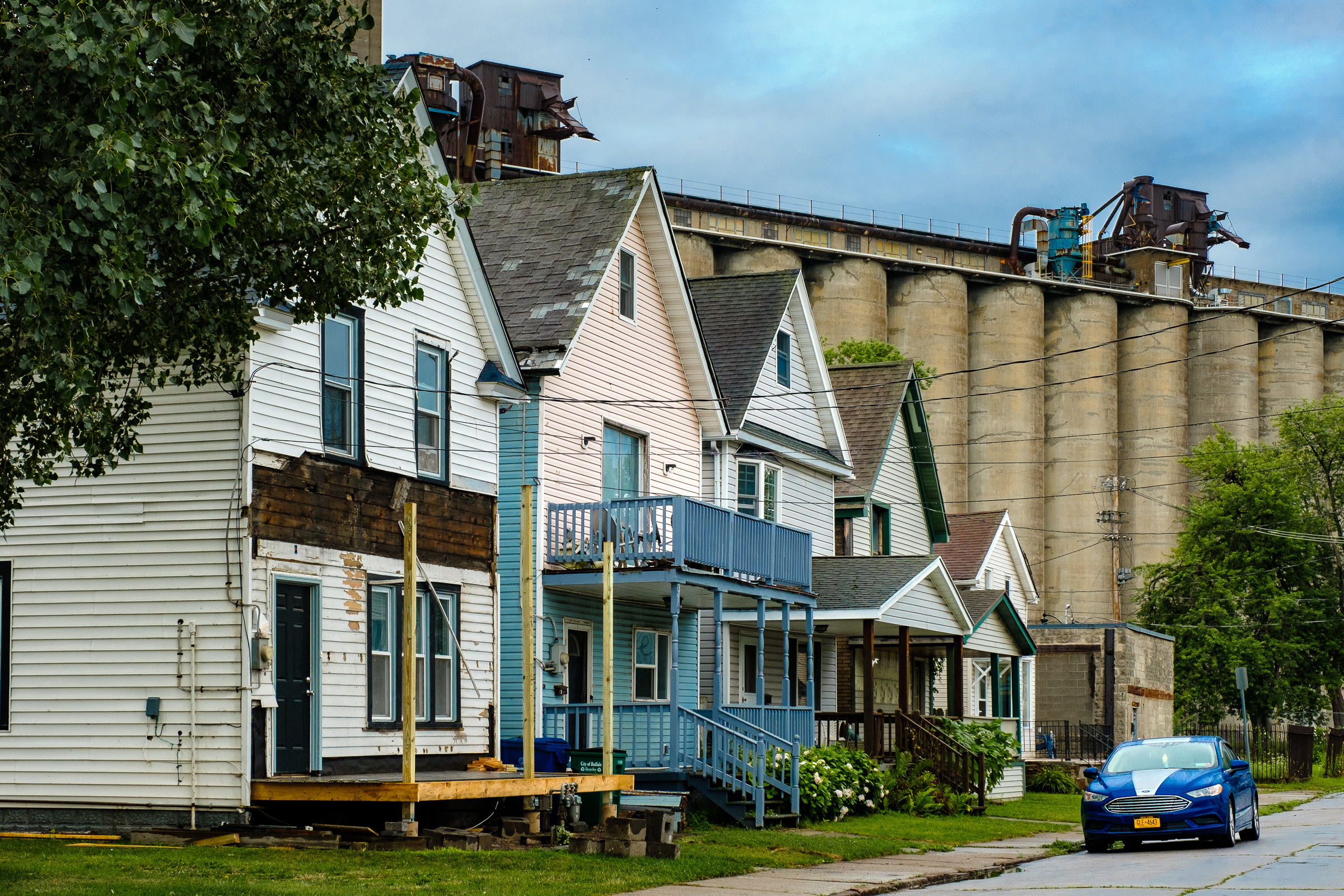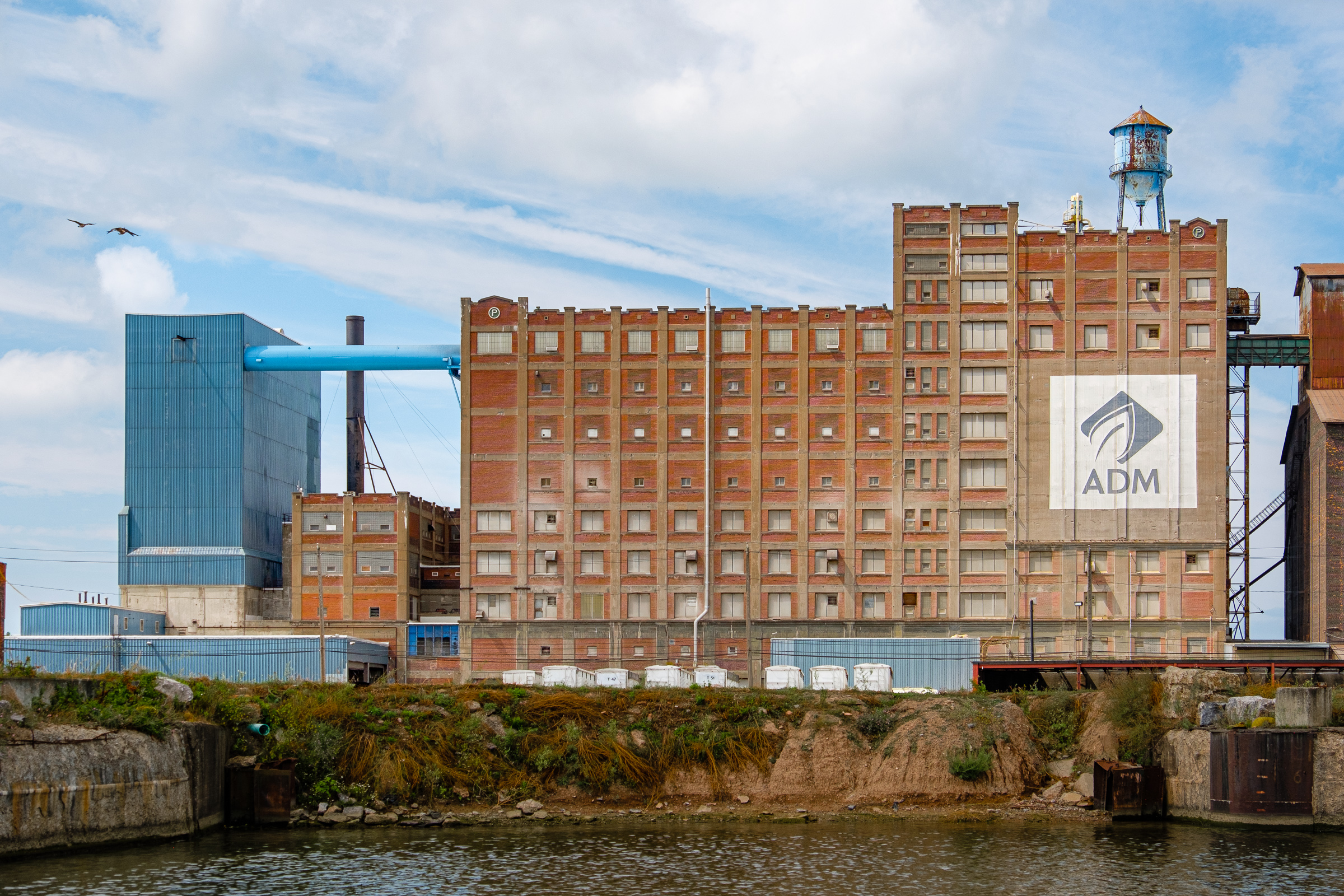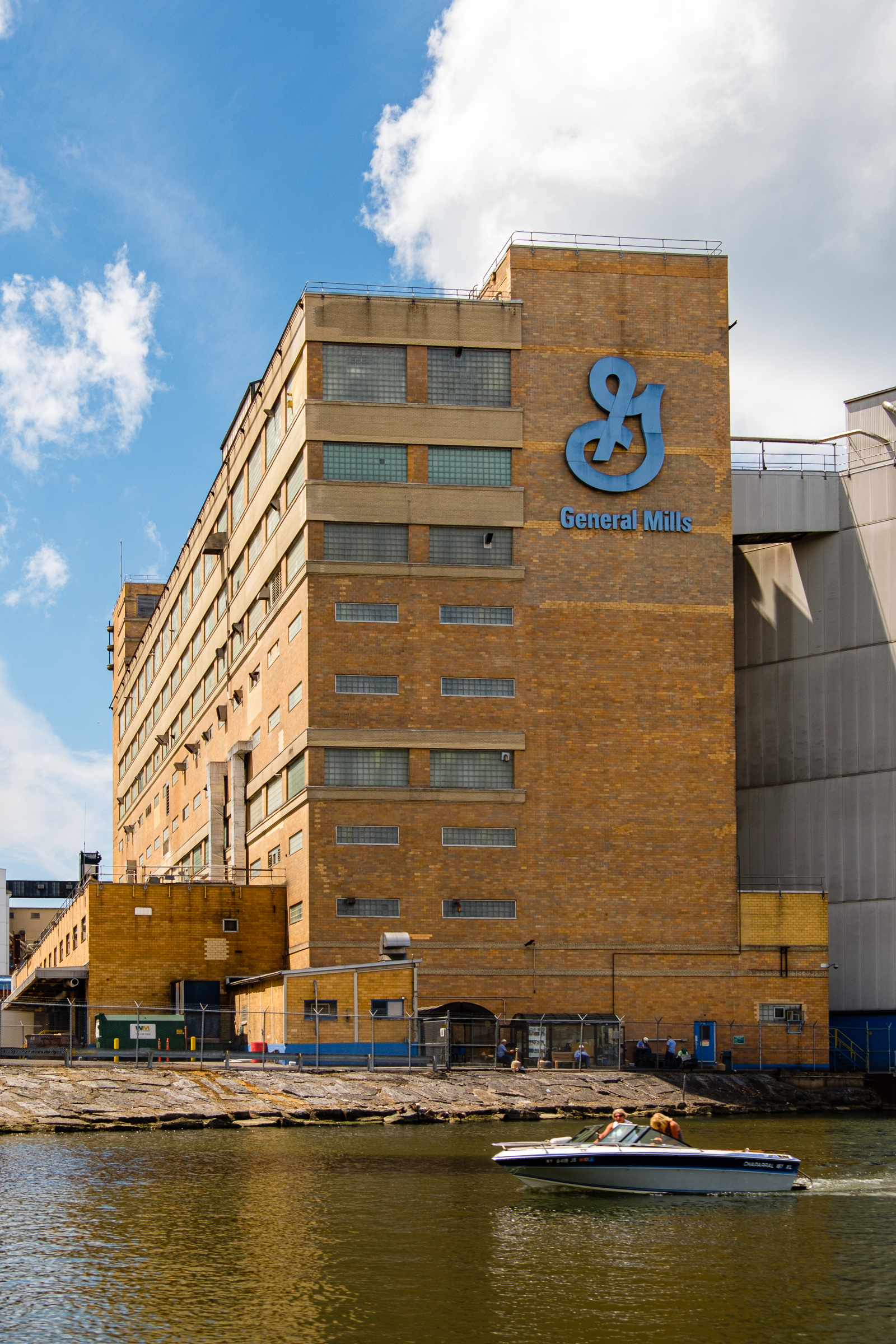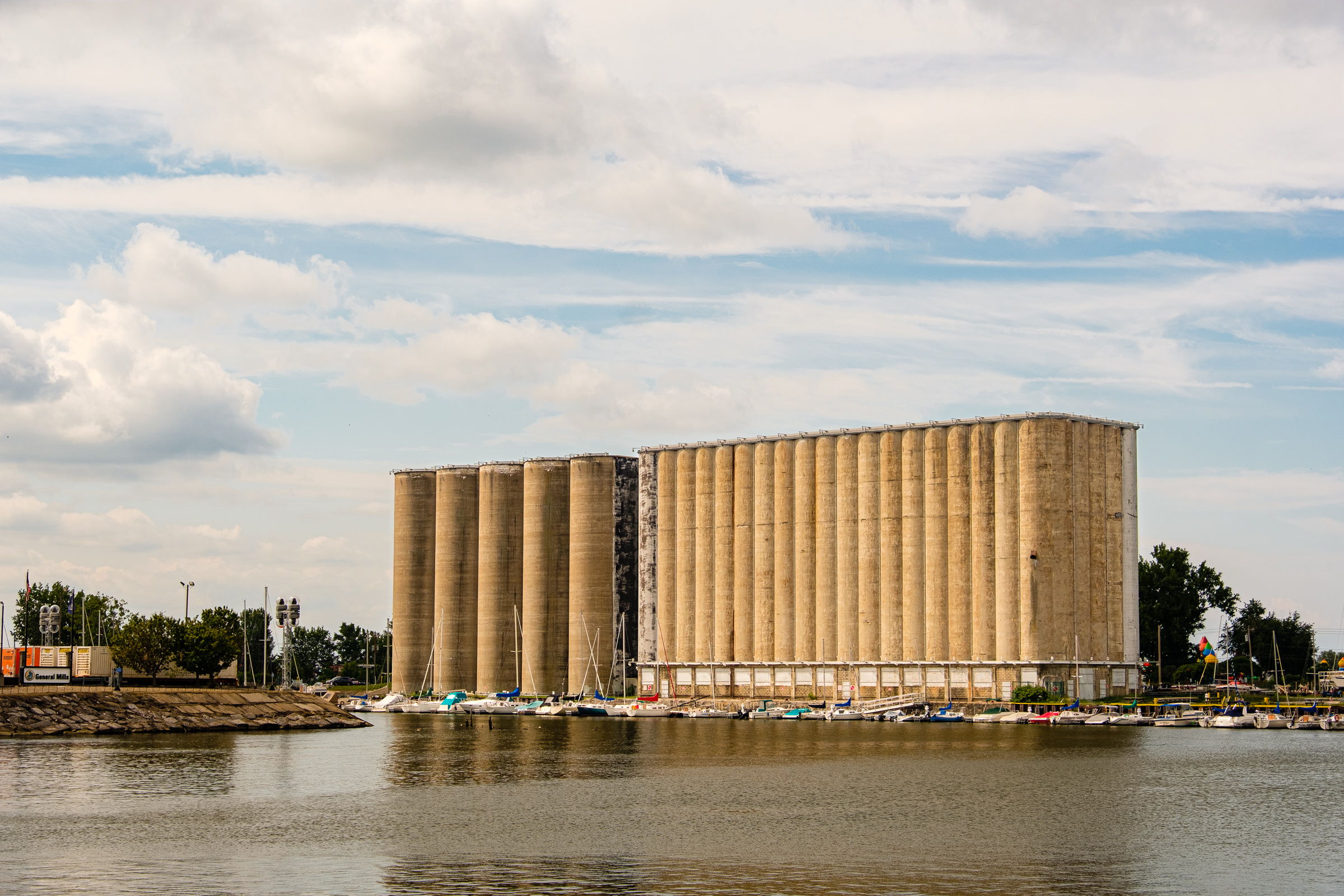 Silo City and Elevator Alley, Buffalo.
Silo City and Elevator Alley, Buffalo.
With this post I am going to start the journey along the length of the famed Erie Canal in upstate New York.
Our starting point: the Buffalo River in the city of Buffalo on Lake Erie near the original western terminus of the Erie Canal. It will be the first of several posts in Buffalo. Honestly, prior to my first visit to Buffalo in 2018, in my wildest dreams I didn’t expect to see all that I did there and like the city so much. Like Cleveland, Detroit and many other US Rust Belt cities on and near the Great Lakes the buzz on Buffalo is not great. As it turned out, my two stays there vastly exceeded my expectations – just like Detroit and Cleveland were also revelations. You’ll see for yourselves in this and the next couple of posts.
The subject of this post will be my explorations of “Elevator Alley” along the Buffalo River which contains one of the largest (and densest) collections of grain elevators in the world. The stretch of the river beginning in Canalside at the Buffalo Harbor is lined with historic grain elevators – a few are still operating, some have been (or are planned to be) repurposed, and others sit there abandoned awaiting an uncertain future. The sheer size of these mostly concrete behemoths is incredible. They are quite a sight. They are also remarkably photogenic.
Buffalo was once a tremendously important industrial center. At the beginning of the 20th century, it was one of the most populous cities in the United States. Since then the economic decline has been marked, with a loss of over half of its population as businesses have closed and jobs have disappeared. Sound familiar? We could be talking about Cleveland, Detroit, Newark, Pittsburgh, South Bend or any number of other deindustrialized Rust Belt cities I have mentioned in my posts over the last years.
Much of the grain produced in the midwestern agricultural heartland of the United States was once shipped through Buffalo, and the city was the site of the largest grain port in the world. In the 20th century the grain industry in Buffalo declined as transportation modes and routes changed (caused in no small part by the opening of the St. Lawrence Seaway), and this resulted in the closure and abandonment of many of the huge silo complexes.
In 2018 on my big Erie Canal drive I spent several days in Buffalo. Among other things, I visited the “Canalside” area of the city’s waterfront by the historic western terminus of the Erie Canal in Buffalo. There’s a lot going on around there for the visitor, with restaurants, kayak and bike rentals, a maritime museum with US Navy ships (including the USS Little Rock guided missile cruiser, the only surviving vessel from the Cleveland Class of light cruisers in World War II), a waterfront park and much more, including Buffalo River history tours by boat which is how I got to view Elevator Alley and stop off at the huge Silo City complex the first time.
I was so fascinated by the area that I was determined to return and spend a little more time exploring along the river. After a bit of research I found out about an annual photography workshop at Silo City run by Georgia based photographer Mark Maio. In 2019 I signed up for Mark’s August 2020 workshop. That was before Covid hit and the lockdowns came into effect. As 2020 progressed I thought that for sure the August workshop would be cancelled. There was very little organized travel happening in summer 2020. Most things I had in my calendar were cancelled or postponed. Fortunately, the workshop went forward. It turns out that wandering around a huge grain elevator complex with a couple of cameras and a tripod is something that can be done with lots of social distancing and in compliance with New York State Covid-related restrictions then in effect. I flew into Cleveland leaving from an eerily quiet LaGuardia Airport in New York City and arriving at another semi-deserted airport at my destination. It was an easy solo drive to Buffalo from there.
It was one of the most extraordinary photo workshops in which I have ever participated. Bravo, workshop organizer and leader Mark Maio! Given the uncertainties of travel in the Covid Summer of 2020 I had some initial hesitation to do the trip, but I am sure glad I did. As it turns out, it was the next-to-last Silo City workshop ever. The 2021 workshop was the very last. Silo City is now being repurposed in a big mixed use development project with several buildings already closed off and limited access to the site. After a ten year run this unique and exclusive workshop is no more. I am very thankful that I found out about the program and was able to participate before it was forced to shut down this year.
As a photographic destination for industrial heritage, Silo City was simply superb. The program was three days. I wasn’t totally sure how I was going to fill all three days photographing at the site, and, as it turned out, I was sure wrong to worry about that. There was almost unlimited subject matter, and I teamed with a number of excellent photographers (many of them repeat participants). I got to do some “light painting” for the first time (see, for example, the old signs in the pics below some of which were photographed in near darkness), and I owe the others a big thank you for the kind assistance in getting me started. It’s one of the fun things in these workshops to be able to learn something new like that. (The term means using handheld lights – in my case a high quality flashlight – to “paint” or “draw” in a scene while the shutter of a camera is left open during a long exposure typically of 30 seconds or more. The idea is to move the light source while taking a long exposure photograph, either to illuminate a subject or space, or to “draw” with the light.) We had access to parts of the buildings which are otherwise completely closed to visitors (among other reasons out of safety related concerns – I soon found out why). Flashlights were a must – the lighting was poor. Old shoes were a must too. There was considerable water at ground floor and basement level in some of the structures. The damp muck on the floor was pretty bad in some of the structures and made walking difficult (and slippery). Even after so many years of disuse the pungent smell of fermenting grain was still noticeable in parts of the complex. Some rooms (and even whole floors) were inaccessible, but thankfully we were able to enter most of the interior spaces. There was a lot of stooping and ducking, and one needed to be extremely cautious, especially up at the roof. I had one somewhat close call in the Perot Grain Elevator when I didn’t see an opening in the floor behind me with a big drop to the floor below, but thankfully I was warned off by one of the photographers I was with at the time. Generally, we explored in small groups. The complex wasn’t the sort of place to wander about in on one’s own. What a crazy adventure! What photography!
This collection will be in color. I have a lot of black and white photos from the workshop, too, and the monochrome pics are also powerful. I was almost tempted to share the black and whites, but then you wouldn’t see that green moss growing on the glove in the muck on the floor in the picture in the set below. Take a look at the two photos immediately below which I took at the Silo City complex, and you can see what I mean about how well these also work in monochrome.
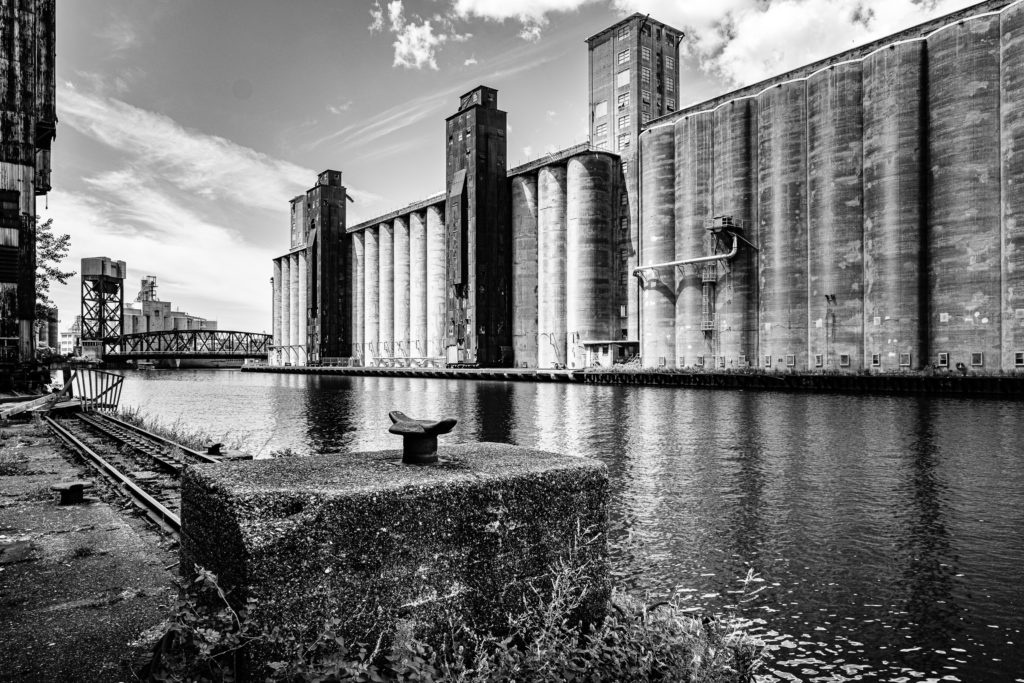
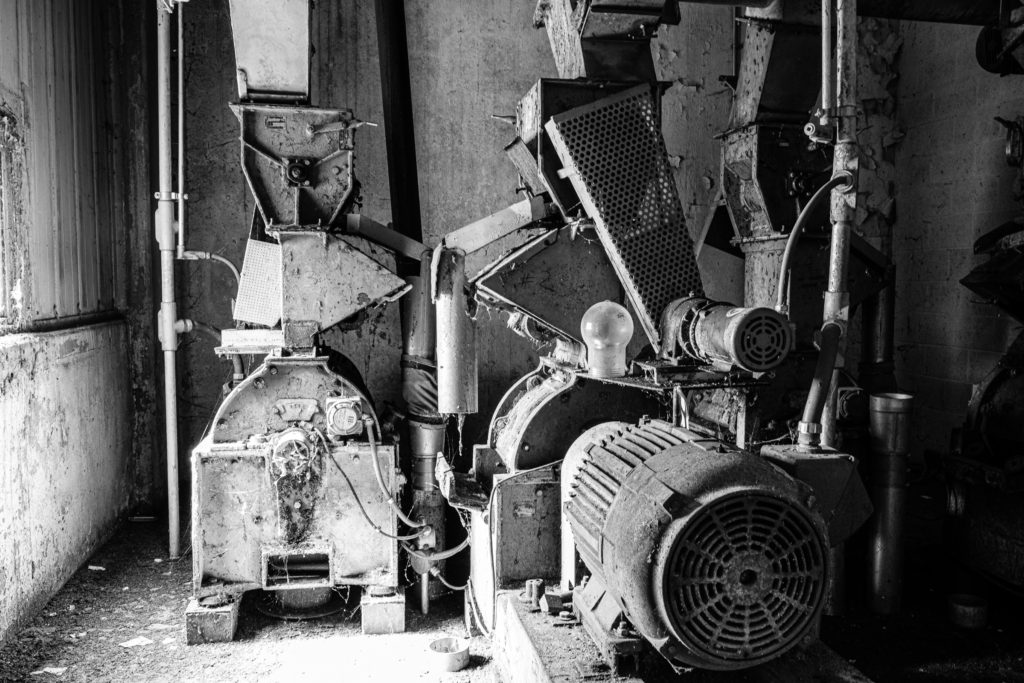
Here’s a link to some of Mark’s Silo City black and whites which are excellent.
We are going to visit Silo City first in this set. The weather cooperated more in 2018 than in 2020, as you will see below, but we were mostly inside last year so it didn’t matter so much. In 2020 there were some big summer storms coming through as is often the case in that part of the US. It sure made for some dramatic skies. I got better exteriors in 2018 on the brief walkabout I did then as part of the river history boat tour when we disembarked at Silo City. I’ll be referring to some of the buildings in the descriptive captions so here’s the layout (the red arrow points to where we assembled at daybreak the first two mornings for photo shoots in the first light of the day looking across the Buffalo River to the Silo City complex from the Old First Ward):
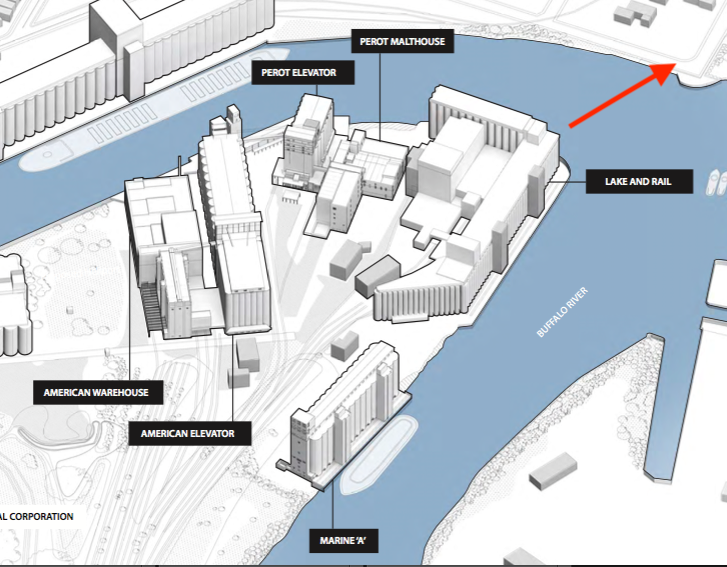
At the back end of the set we’ll do a quick stop in the Old First Ward and then follow the Buffalo River back to Canalside and see some more really big buildings, a historic railroad structure, the oldest active fireboat in the world and some very cool old bridges.
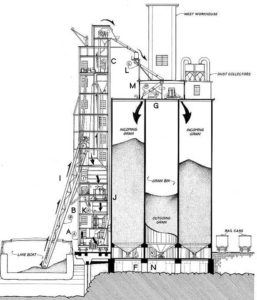 Before I wrap this up, here’s your tutorial on what a grain elevator is. It’s a building used to store grain and containing equipment for conveying grain (or whatever it happens to be storing) to the containers (“bins”) in which the grain will be stored. The term “elevator” derives from the method that is used to get the unloaded grain to the top of the structure, i.e. the mechanism used to convey the grain upward. Just to confuse matters, the terms “bin” and “silo” tend to get used interchangeably. The “hoppers” are the V-shaped containers at the bottom of the bins opened for unloading the grain in storage. Along Elevator Alley in Buffalo the grain was unloaded from the water. To the left is one possible construction; there are many different ways of building these. There won’t be a pop quiz.
Before I wrap this up, here’s your tutorial on what a grain elevator is. It’s a building used to store grain and containing equipment for conveying grain (or whatever it happens to be storing) to the containers (“bins”) in which the grain will be stored. The term “elevator” derives from the method that is used to get the unloaded grain to the top of the structure, i.e. the mechanism used to convey the grain upward. Just to confuse matters, the terms “bin” and “silo” tend to get used interchangeably. The “hoppers” are the V-shaped containers at the bottom of the bins opened for unloading the grain in storage. Along Elevator Alley in Buffalo the grain was unloaded from the water. To the left is one possible construction; there are many different ways of building these. There won’t be a pop quiz.
I apologize for the higher volume of photos in this set. Normally, I try not to include so many. Combining the 2018 and 2020 trips I took over a thousand photos at Silo City, the Old First Ward, Elevator Alley and Canalside. Trust me, it was damn hard to whittle it down to what I have here with a lot of tough choices made. All photos were taken with my Fuji X-series mirrorless cameras. These shoots called for tack sharp glass, and I sure got that with my Fuji lenses. No flash or other lights were used inside other than some occasional light painting with a flashlight for a few of these. The lighting was sketchy, and most of the interiors are long exposures (with camera on tripod).
See you again in a few weeks for more from Buffalo. Happy holidays!
Enjoy!
Click on (or tap) an image to expand it (and use the arrow to the right on an expanded image to go through the set, if preferred over scrolling down in the post).
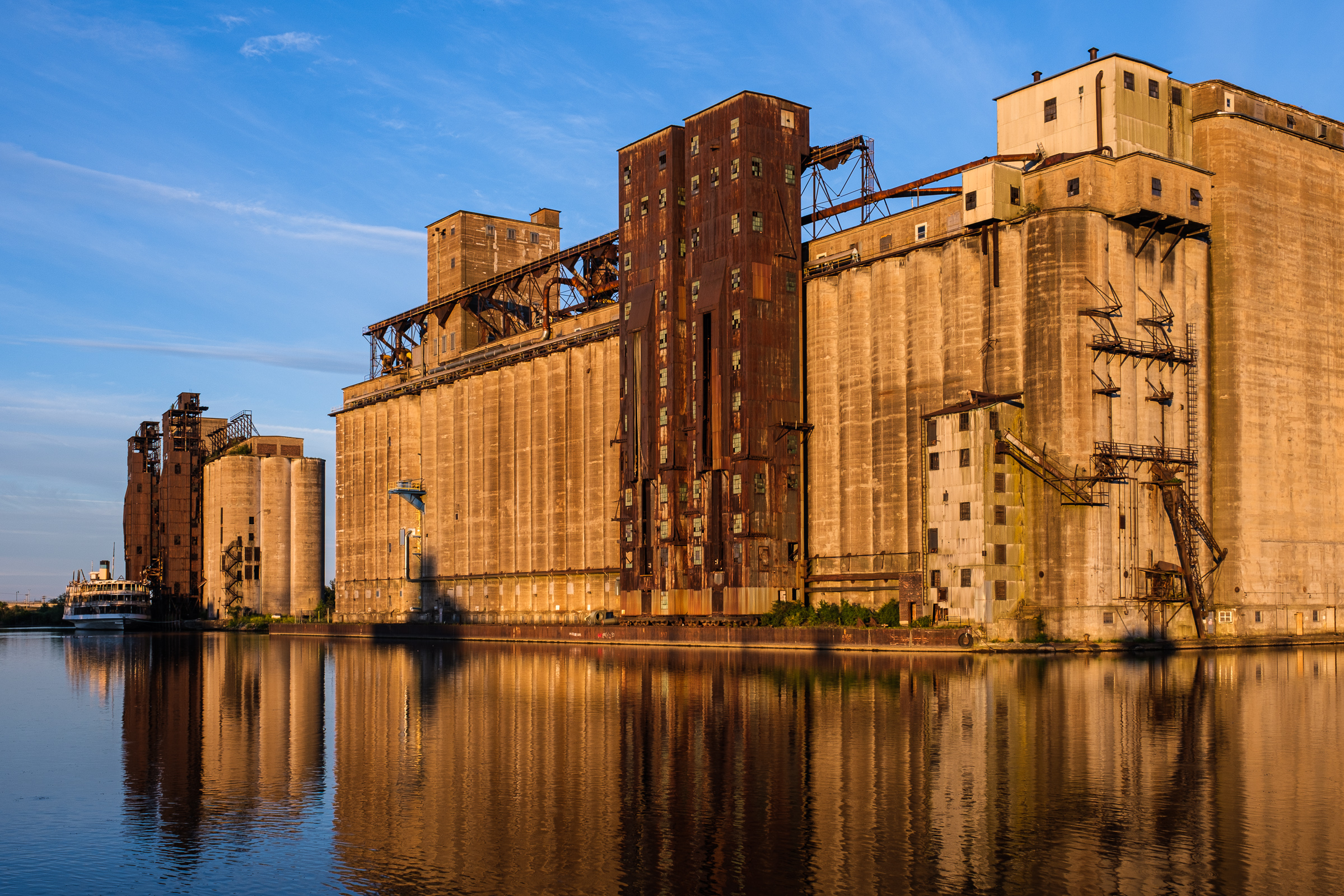
Silo City workshop (2020) - dawn photography looking across the Buffalo River at the Lake & Rail elevator (right) and Marine "A" (left) from Waterfront Park in the Old First Ward
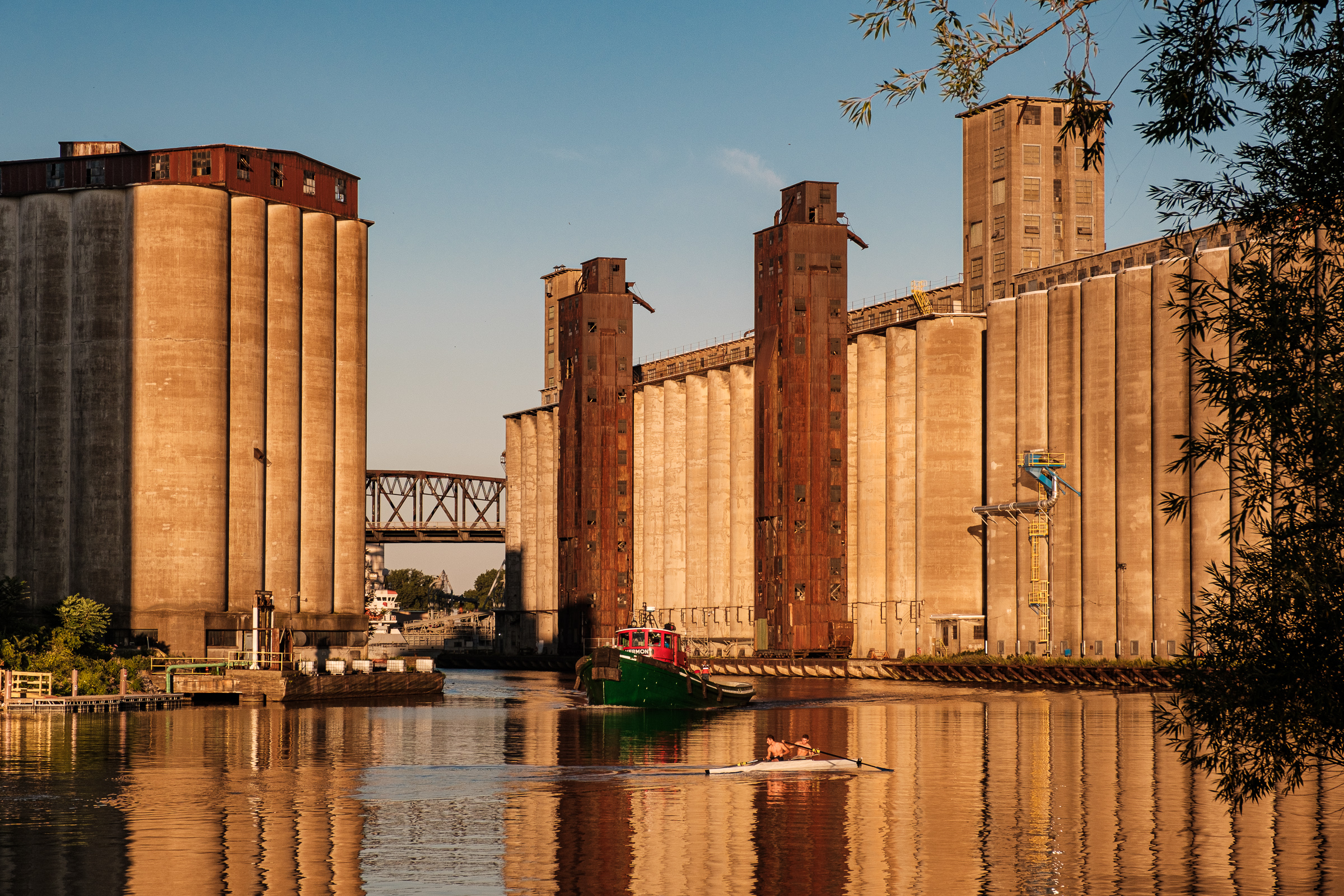
Silo City workshop (2020) - dawn photography looking at the Lake & Rail Elevator (left) and Standard Grain Elevator (right) from Waterfront Park in the Old First Ward
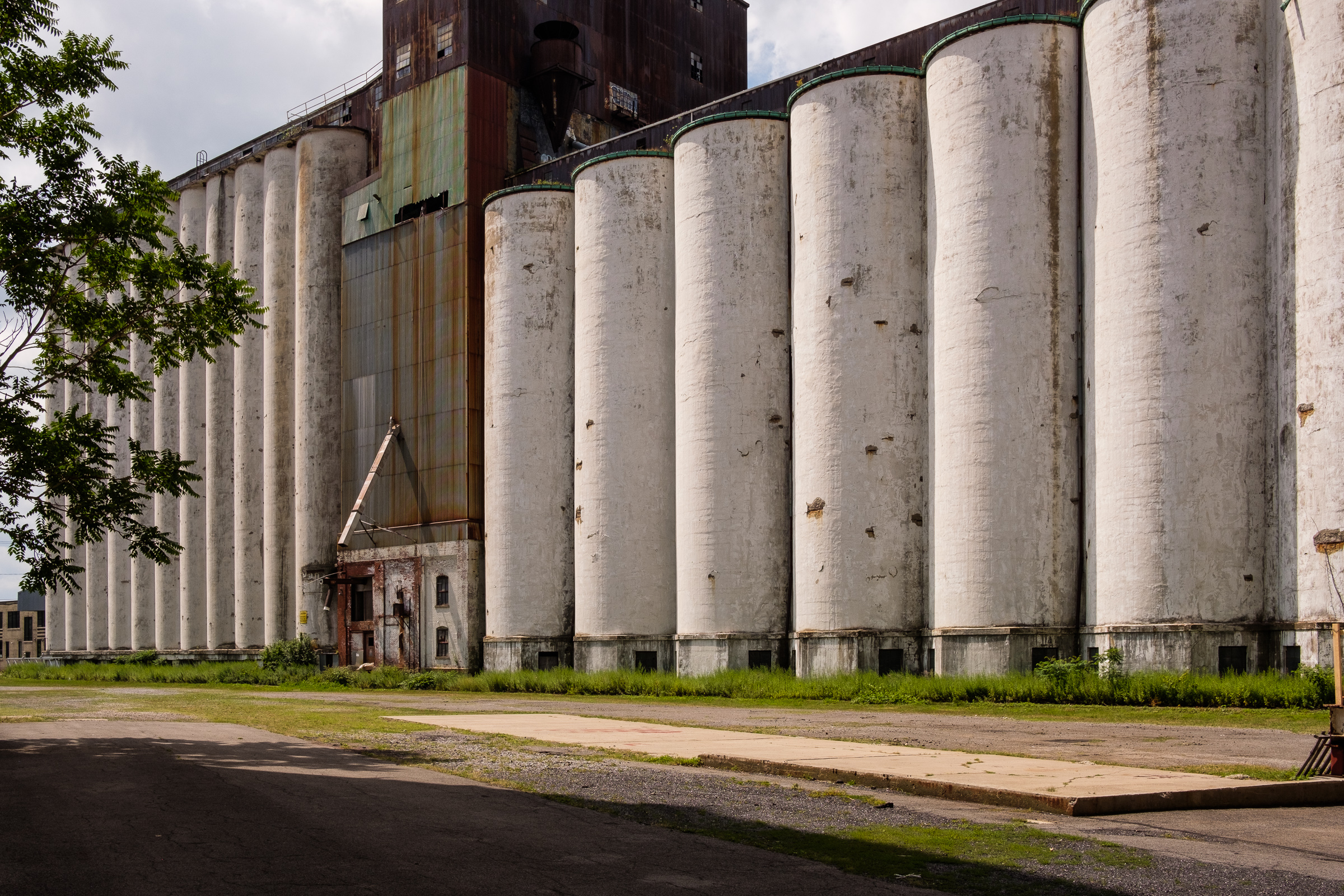
Silo City (2018) - American Grain Elevator (the world's first elevator constructed using continuous pour slip form method)
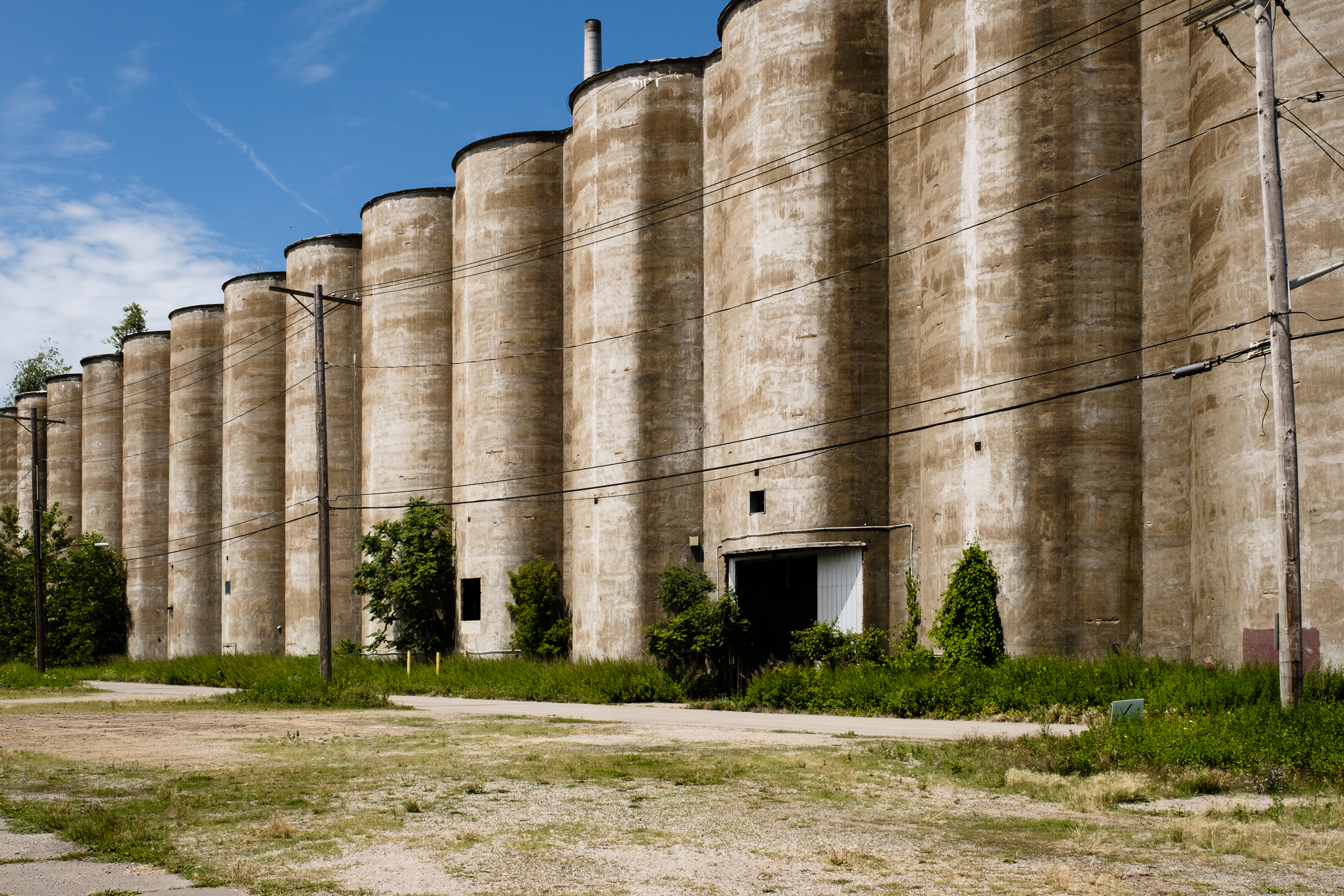
Silo City photo workshop (2020) - the remaining storage bins of the Electric Elevator – Buffalo’s first elevator powered by electricity
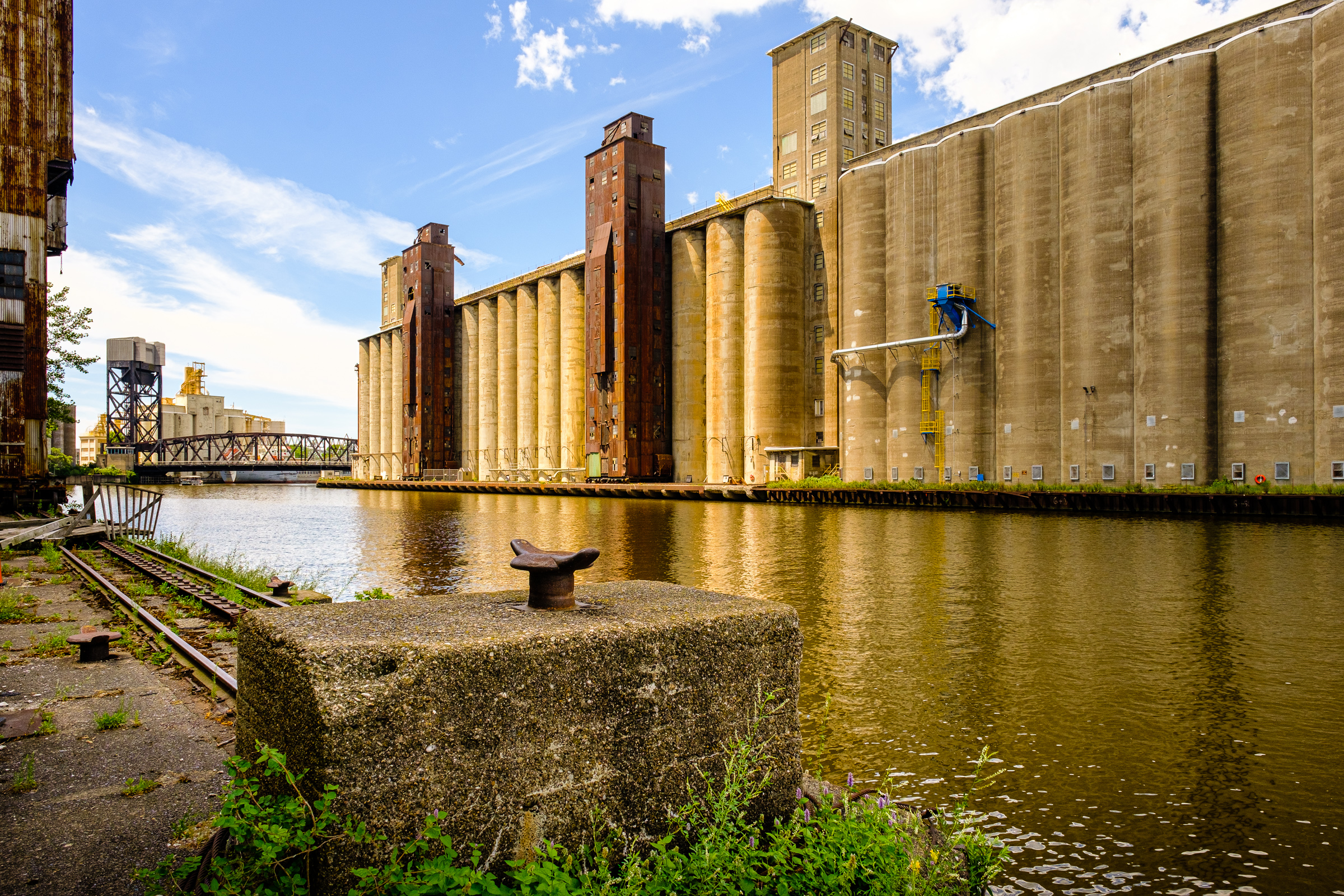
Silo City photo workshop (2020) - looking across the Buffalo River from the Perot buildings at Silo City to the Standard Grain Elevator
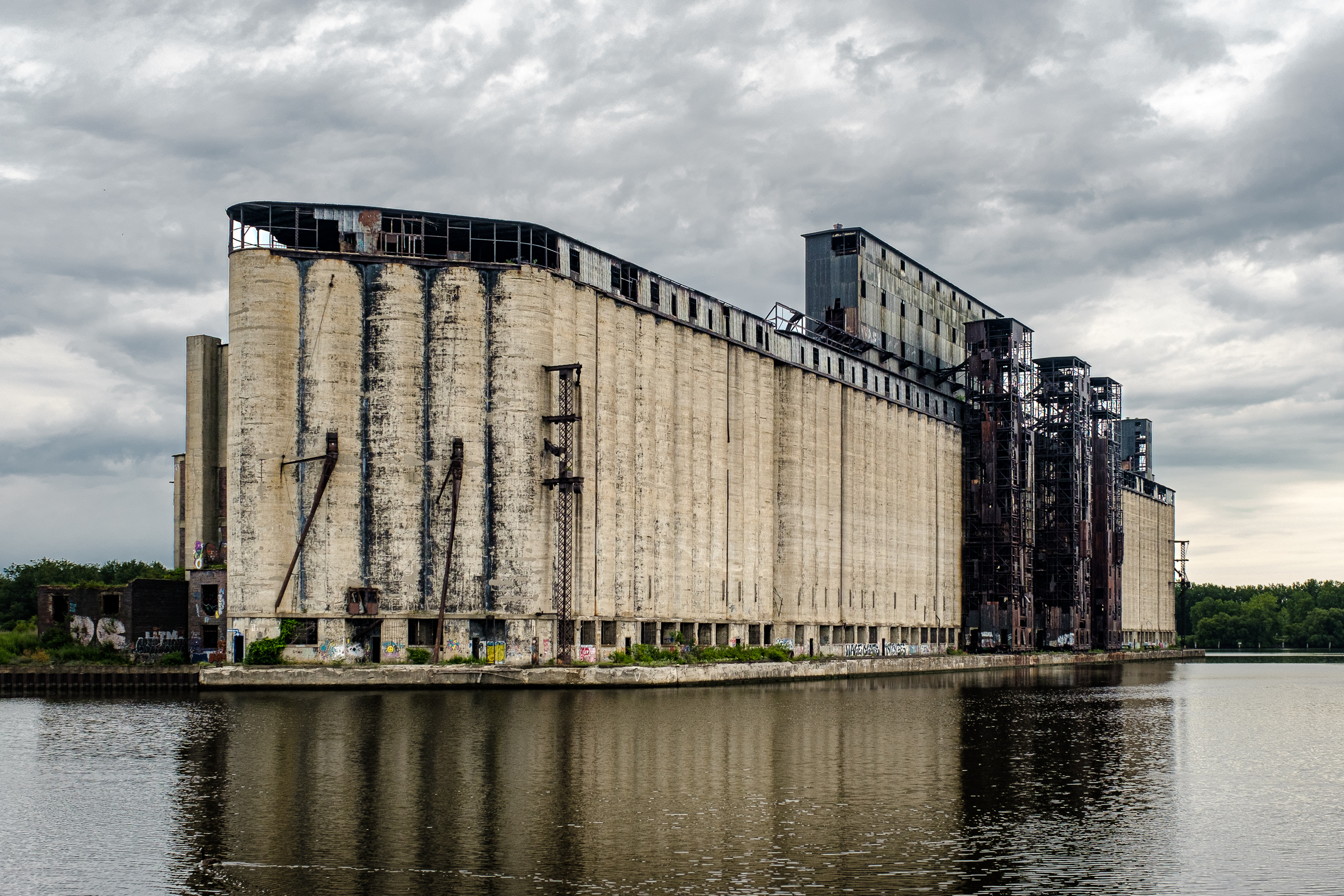
Silo City photo workshop (2020) - Concrete-Central Elevator from the opposite bank of the Buffalo River
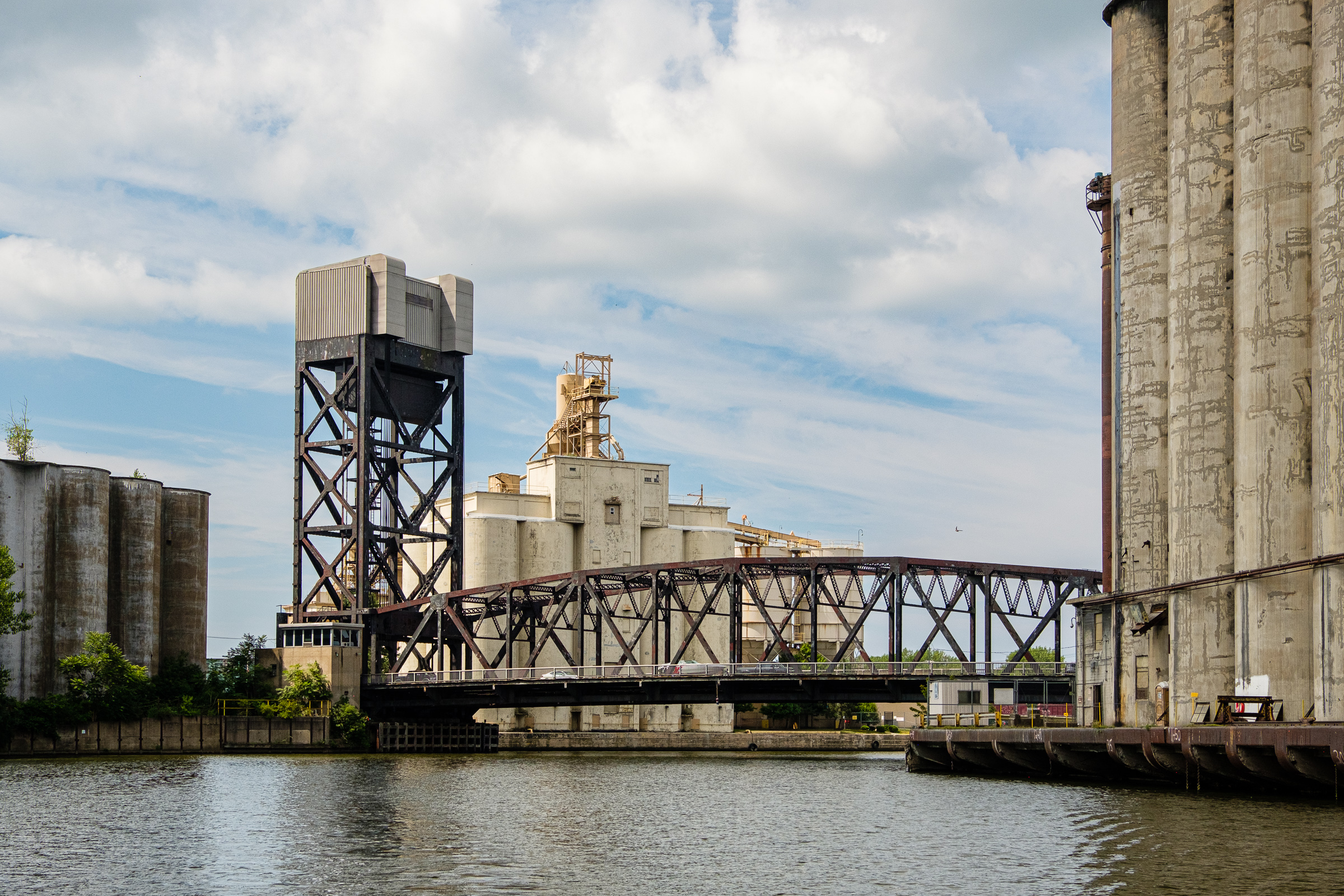
Canalside to Silo City and back via the Buffalo River (2018) - Ohio Street Bridge, LaFarge Cement and Standard Grain Elevator in elevator alley
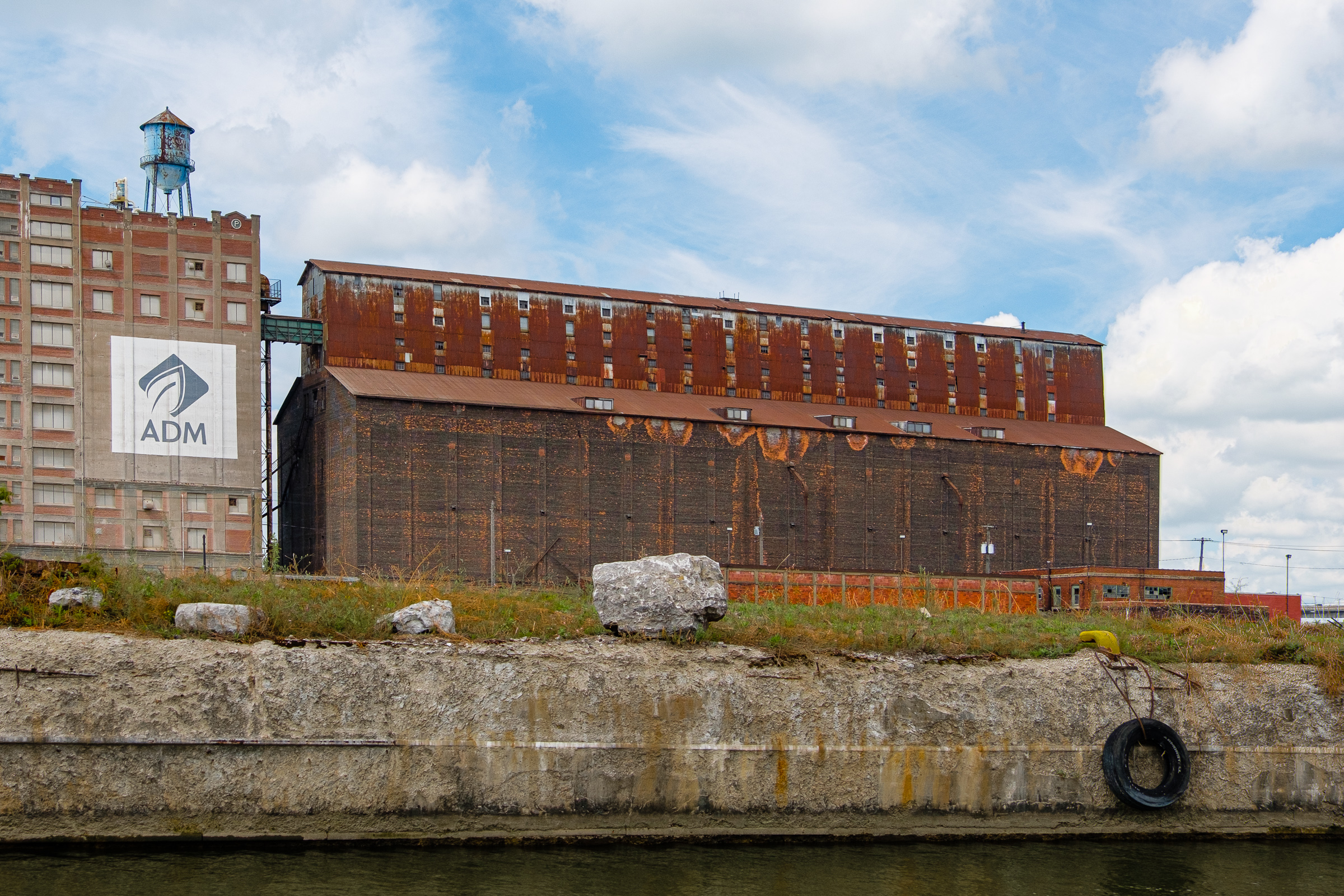
Canalside to Silo City and back via the Buffalo River (2018) - the Archer Daniel Midland Great Northern grain elevator (last of the “brick box” type still standing in North America)
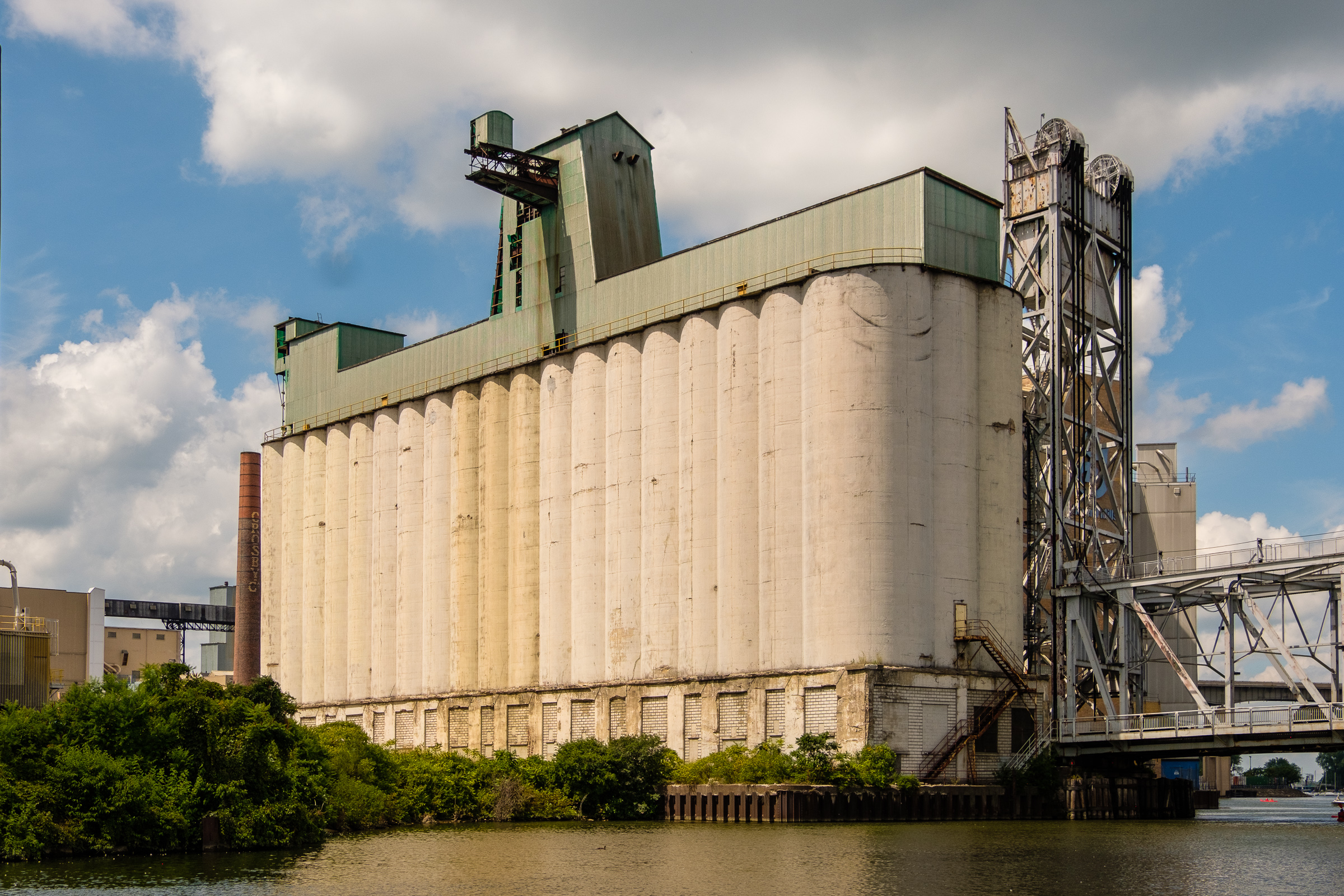
Canalside to Silo City and back via the Buffalo River (2018) - Michigan Avenue Bridge and St. Mary's Cement Co. elevators
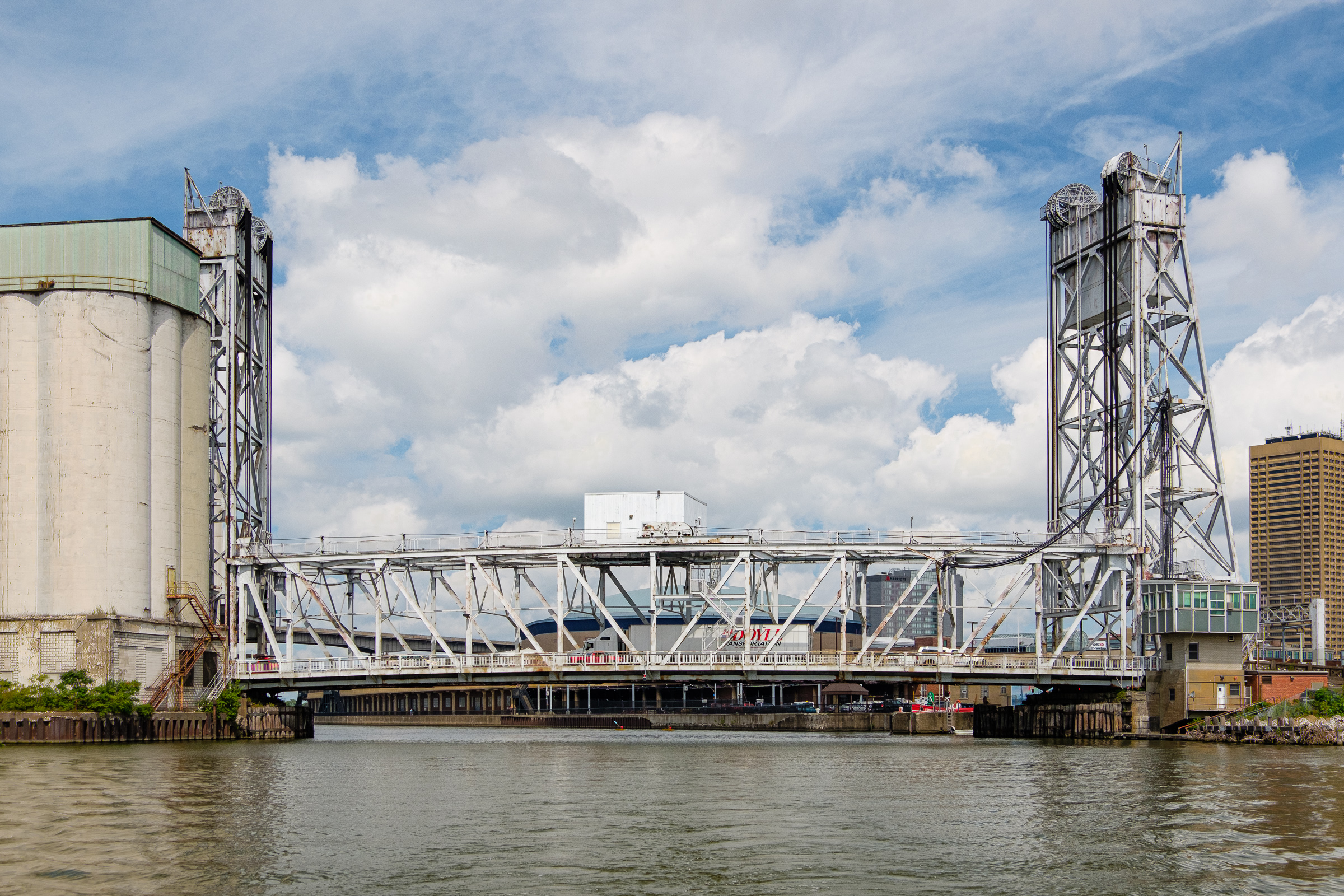
Canalside to Silo City and back via the Buffalo River (2018) - Michigan Avenue Bridge and St. Mary's Cement Co. elevators

Canalside to Silo City and back via the Buffalo River (2018) - GLF Elevator / Cooperative Grange League Federation Elevator
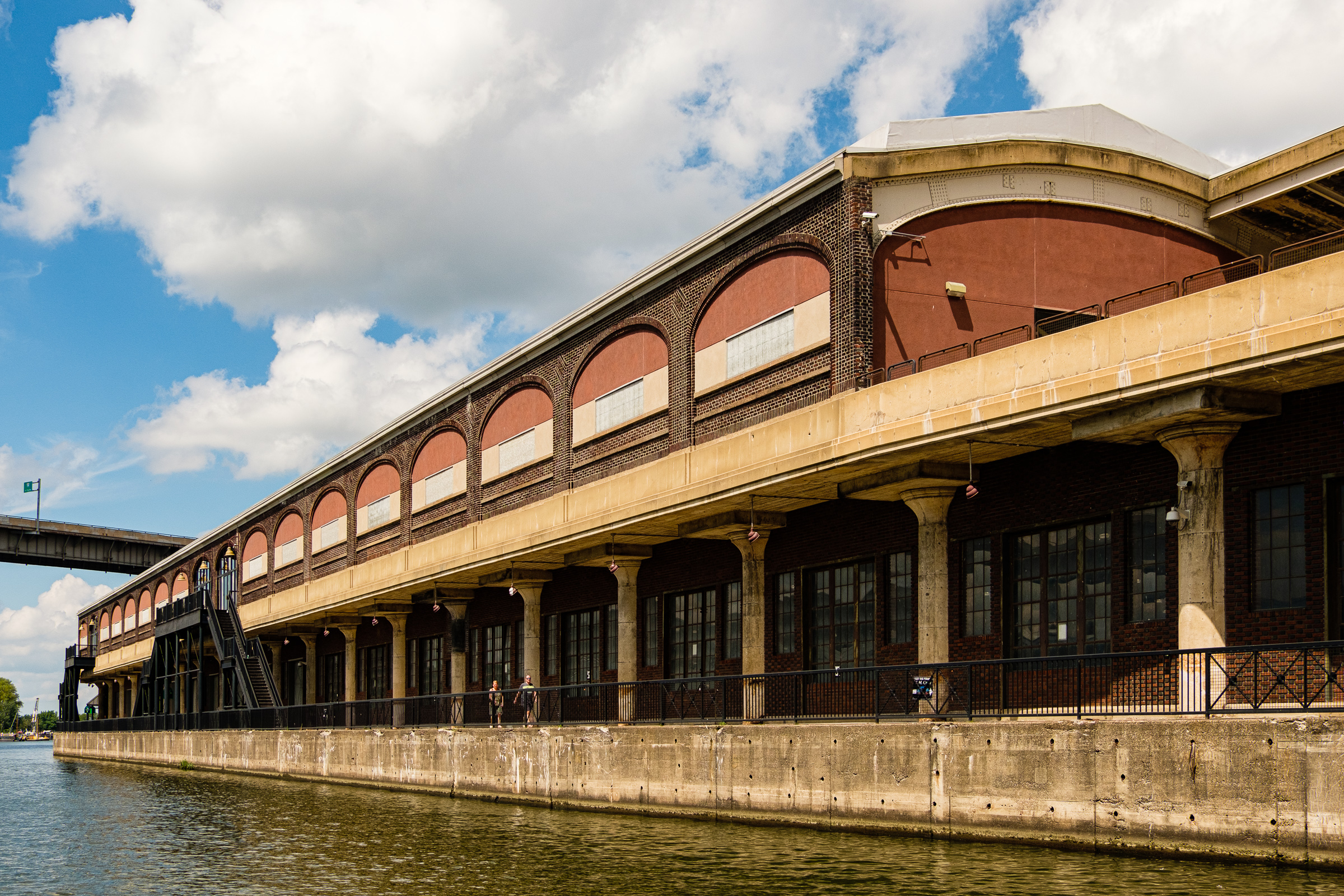
Canalside to Silo City and back via the Buffalo River (2018) - the remaining train shed of Buffalo’s Delaware, Lackawanna & Western Railroad station
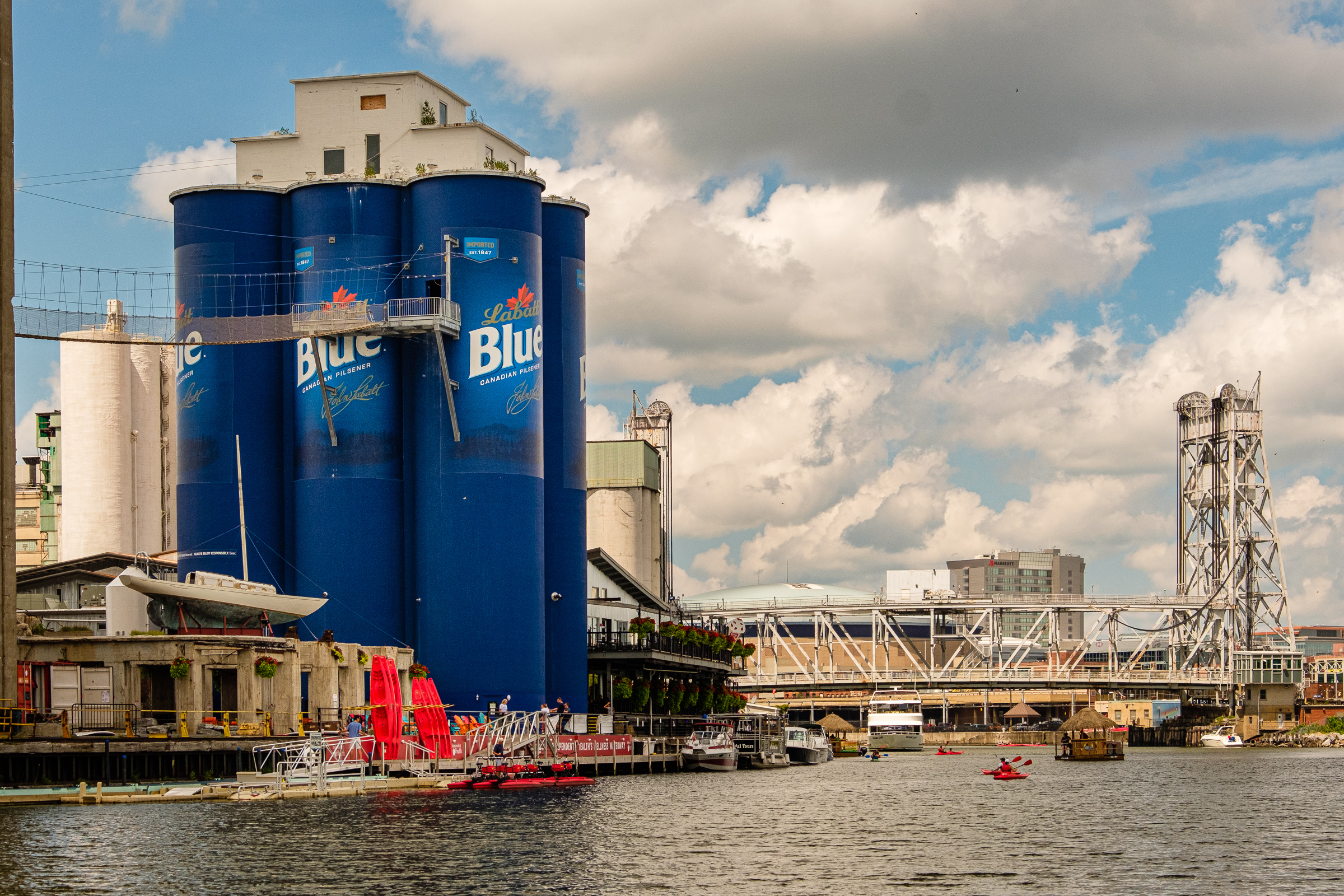
Canalside to Silo City and back via the Buffalo River (2018) - Michigan Avenue Bridge and the Buffalo RiverWorks at the former GLF grain silos

